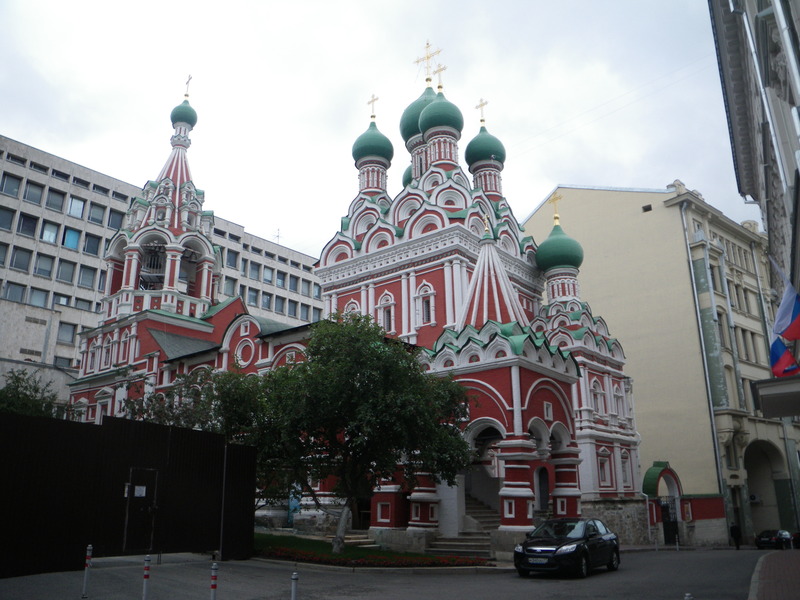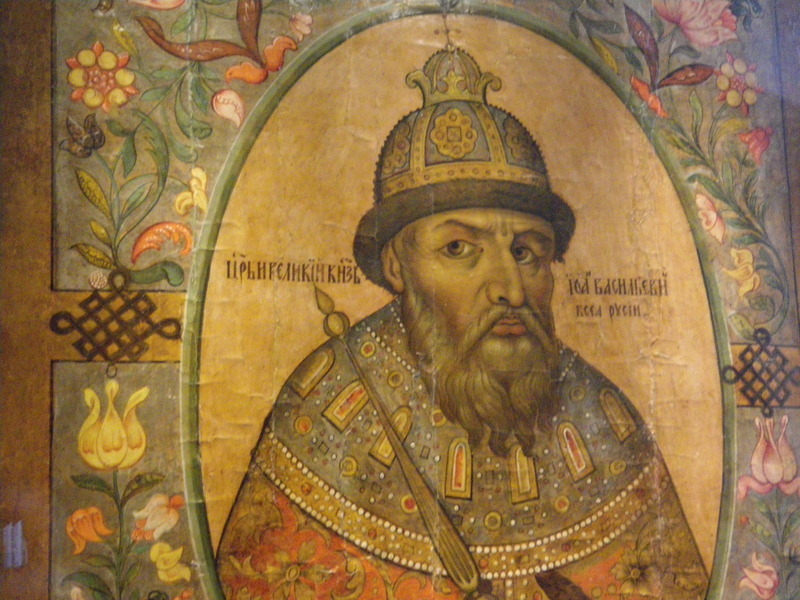
1552 was a good year for Prince Ivan IV of Moscow. In battle after battle, he led his 150,000-strong armies to victory after victory over the Tatars of Kazan. He defeated a relief army sent by the Tatars of Crimea. Both sides had cannon and explosives, and used them effectively. Ivan's troops set mines under the walls of Kazan to demolish them. Ivan's troops eventually prevailed and conquered the city, slaughtering most of its inhabitants. The conquest of Kazan opened the way for the conquest of most of what is now modern Russia, including Siberia. Here is an icon depicting Prince Ivan IV, also known as Ivan the Terrible.

Centuries earlier, Kazan had been a capital of the Mongol Golden Horde, but by 1551, it belonged to Muslim Tatars. By taking Kazan Prince Ivan had defeated the infidels, and the Christian Orthodox church in Moscow celebrated the victory. Prince Ivan built a church outside his main fortress, the Kremlin in Moscow. The church still stands, near two large linden trees.

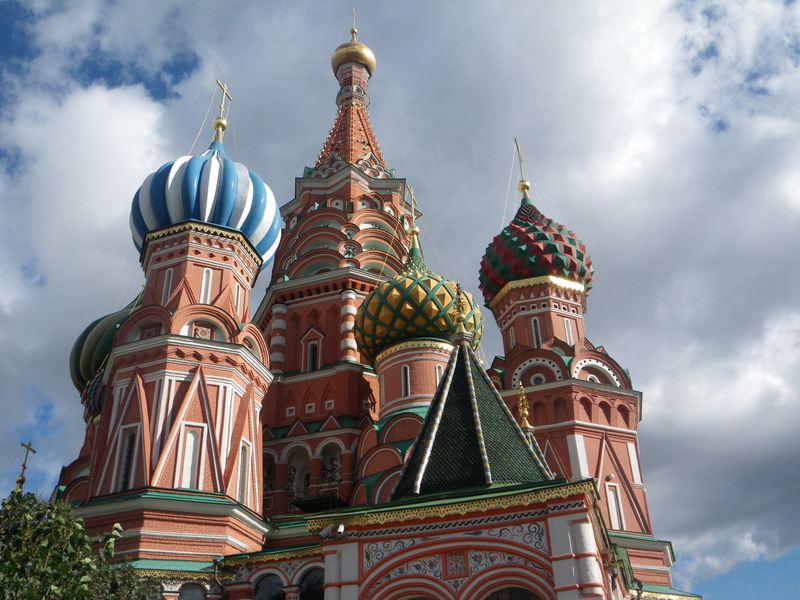
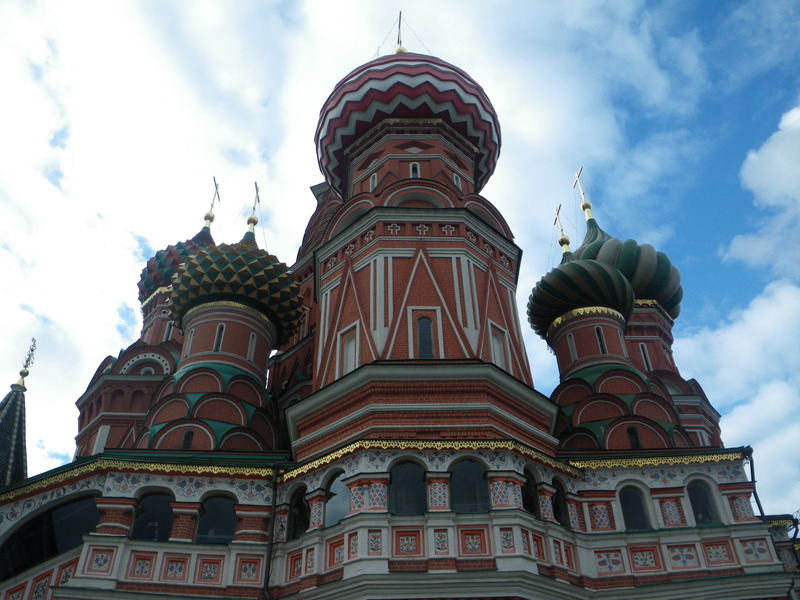
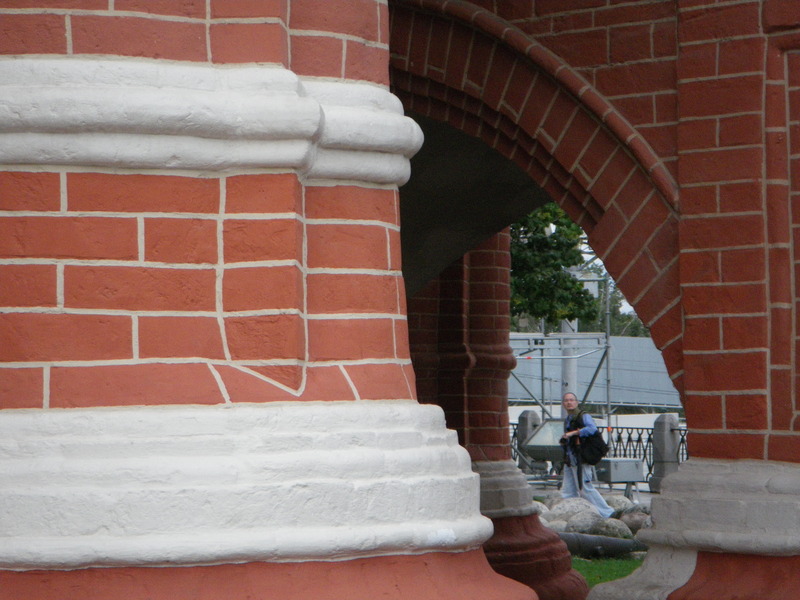
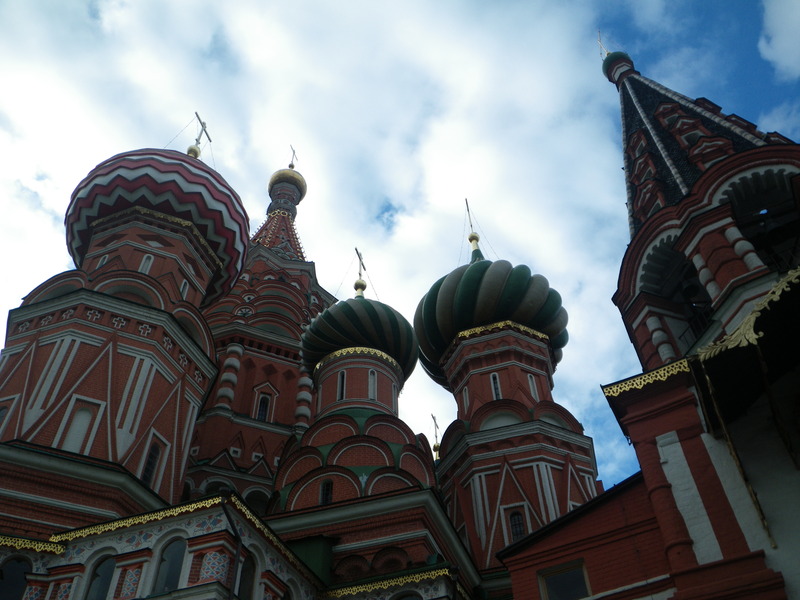
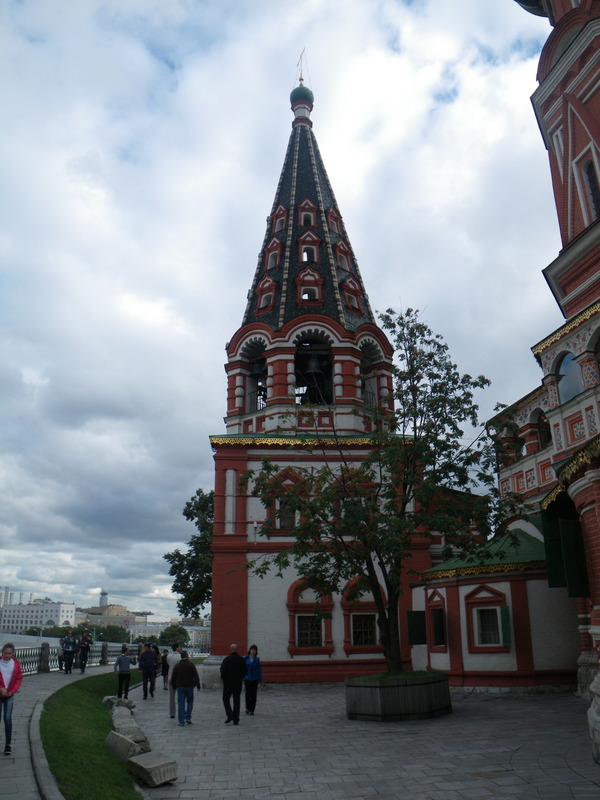
The church, now known as St. Basil, was built as five separate churches, the main one in the middle and one at each of its four corners. There is a chapel in the basement dedicated to St. Basil, and this chapel lends its name to the entire church.
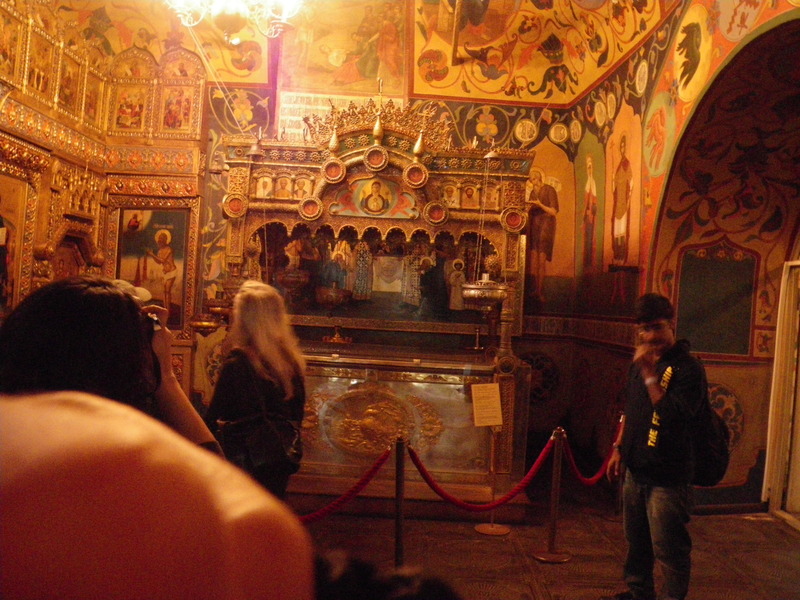
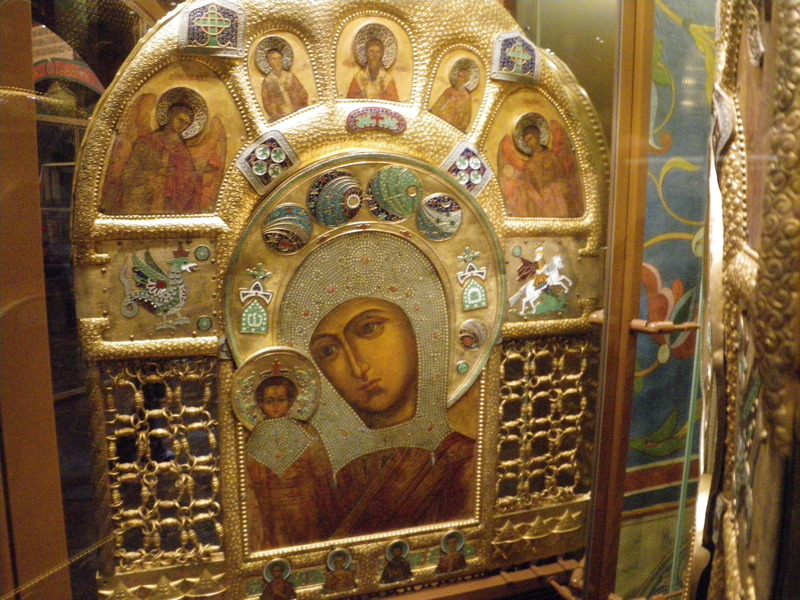
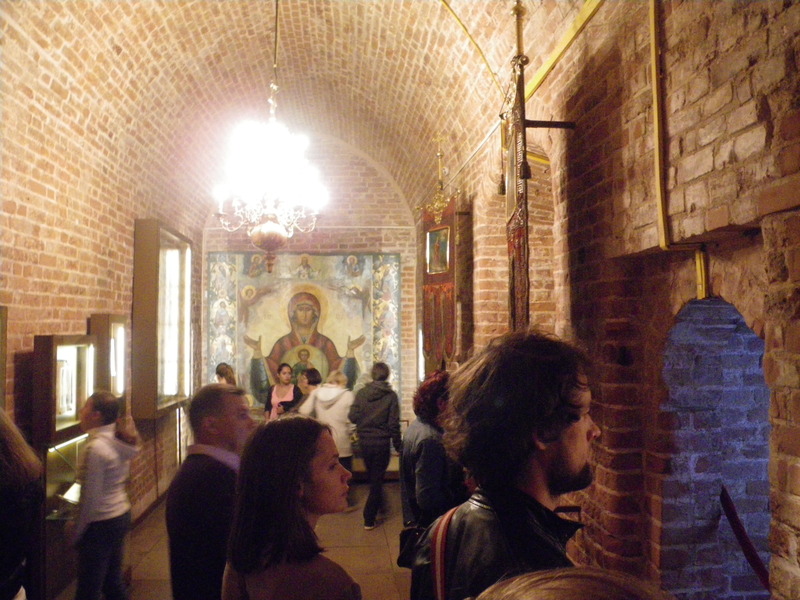
Russia had a tradition of holy fools (Fools for Christ), men who would torture their own flesh by wearing chains and by going naked, and frequently had visions. They were honored and respected. One of them, Vasily, even scolded Prince Ivan for his misbehaviors, yet when he died, Prince Ivan honored him and named the chapel of St. Basil after him.
Above the chapel is the central and tallest church.
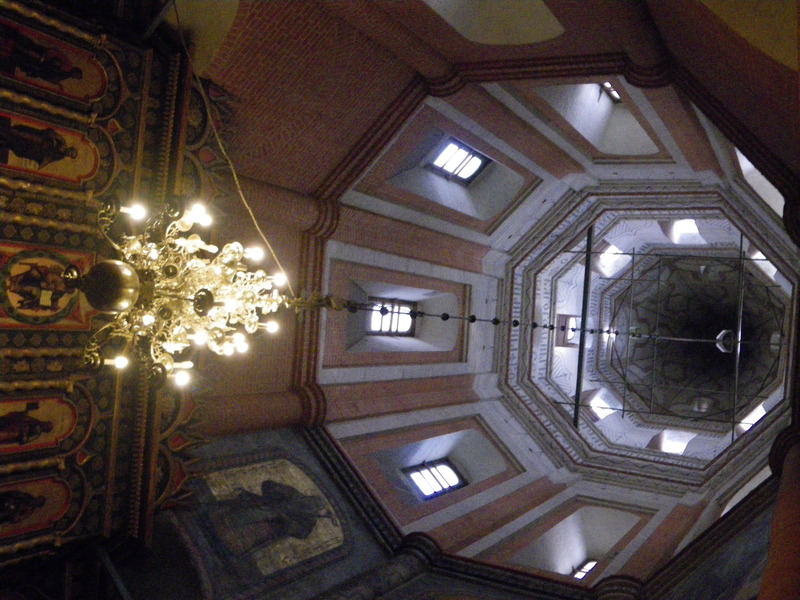
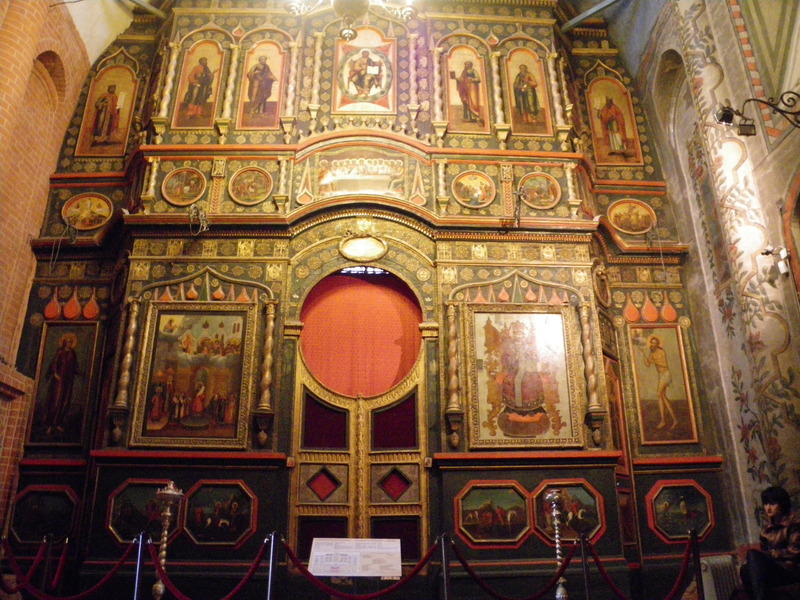
Each of the four churches on the corners is dedicated to a different saint and has its own artwork. Since Communist times, this is no longer a working church, and photography is allowed with payment of 160 rubles (about $5) above the 250-ruble entrance fee.
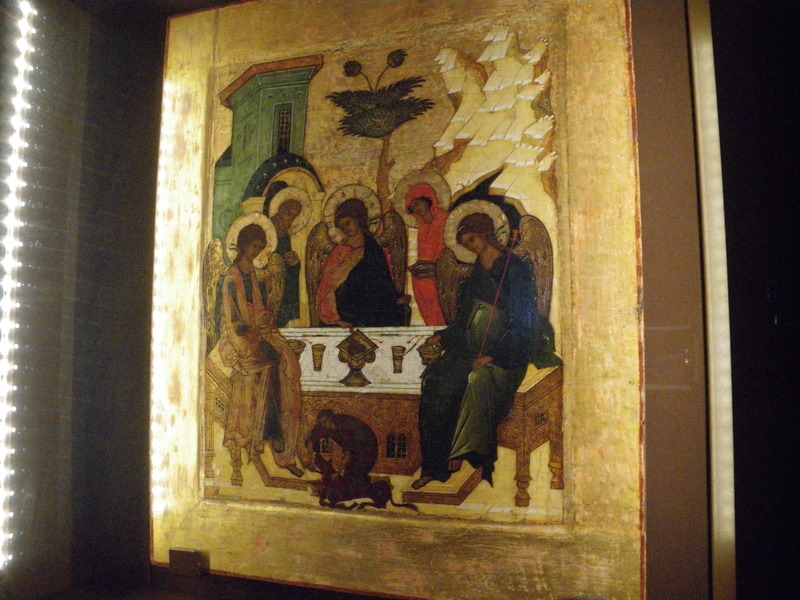
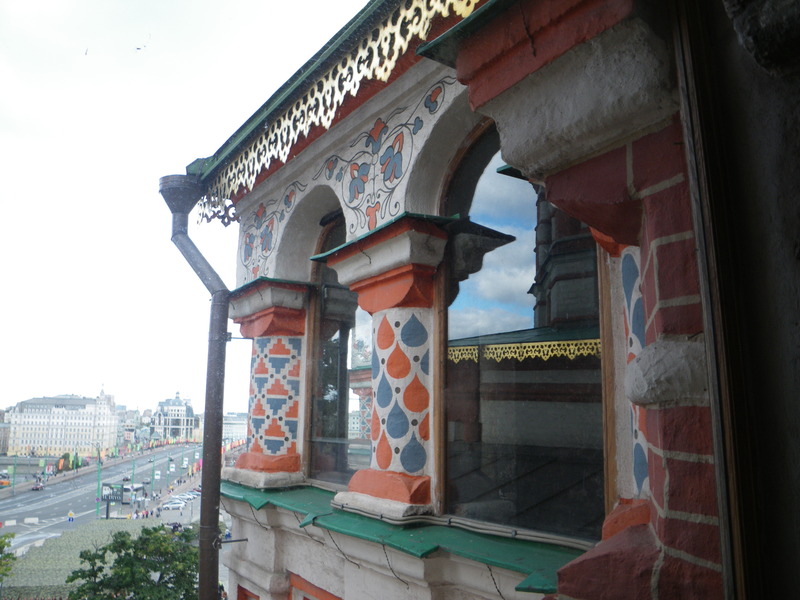
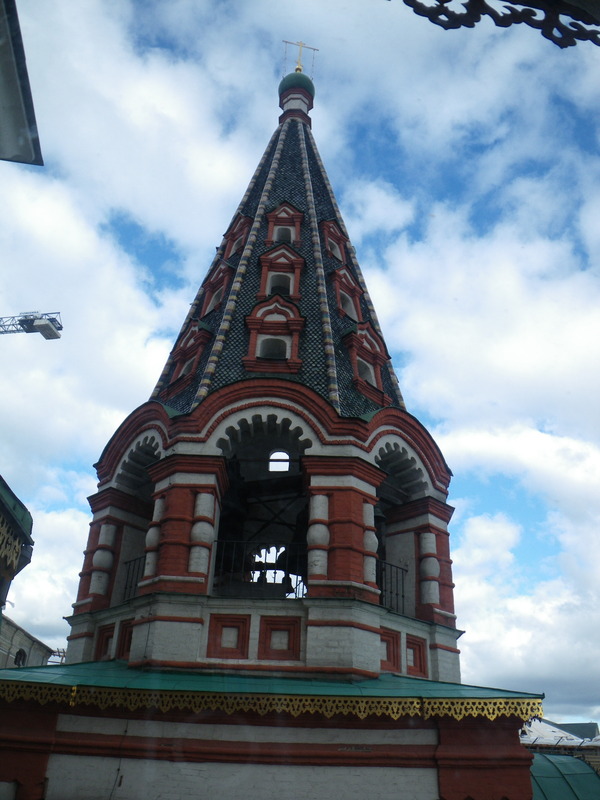
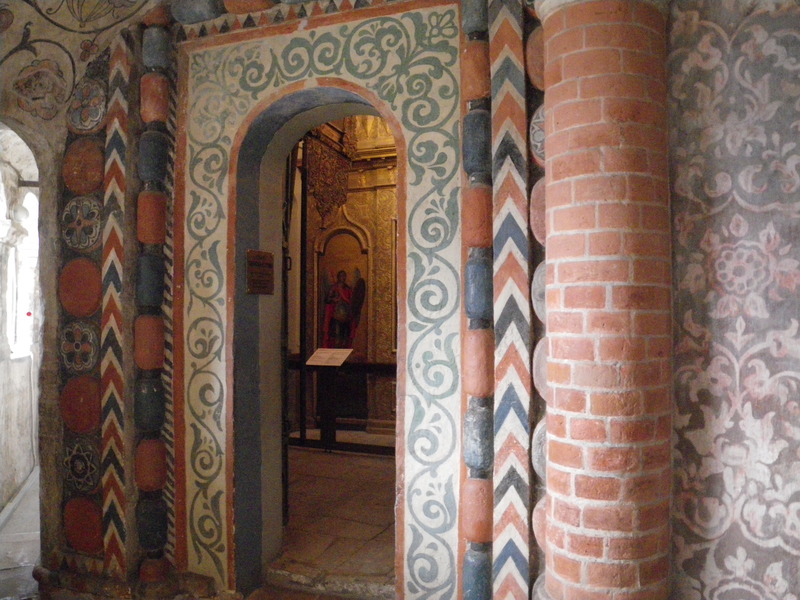
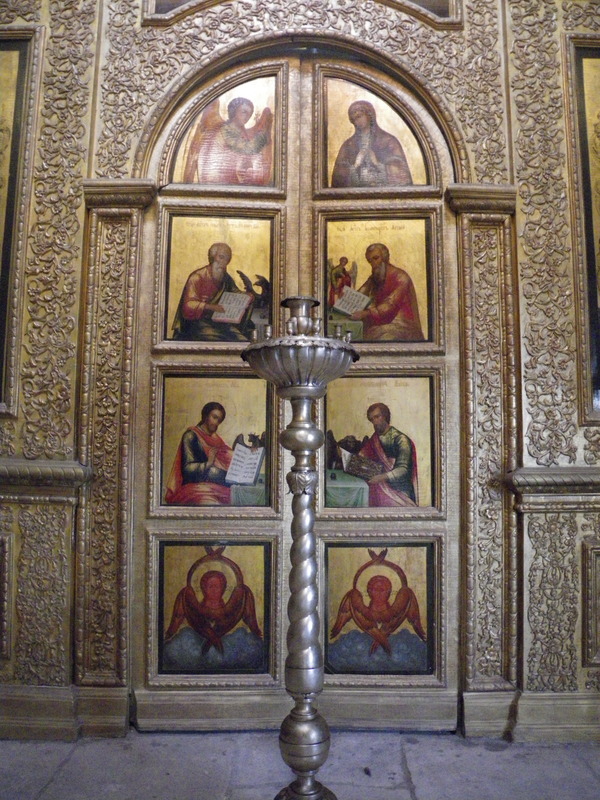
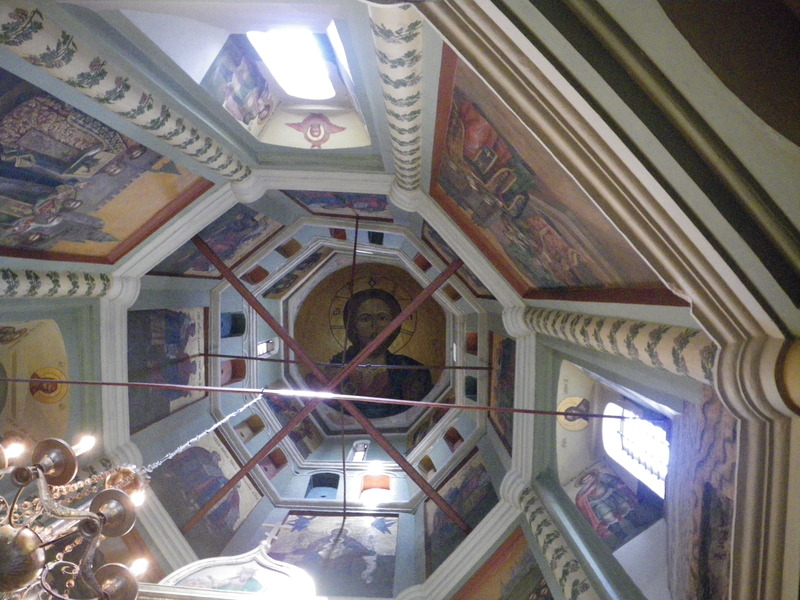

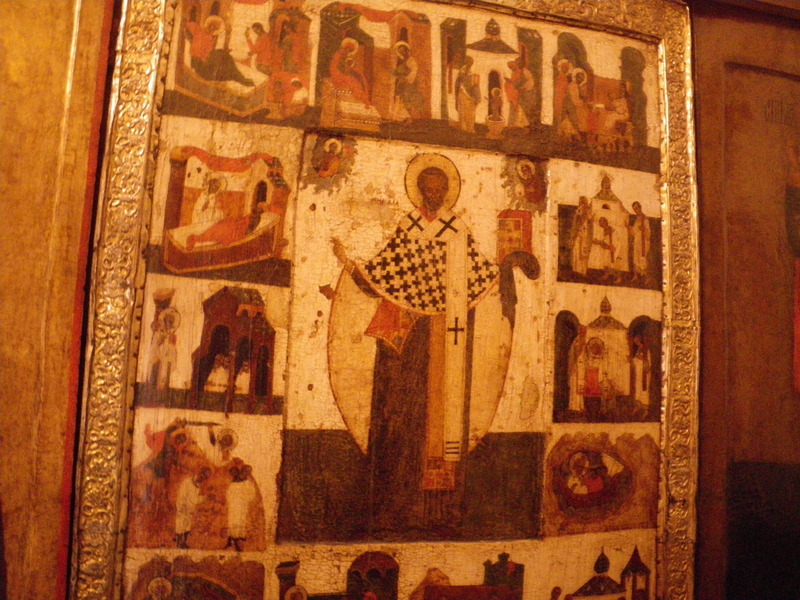


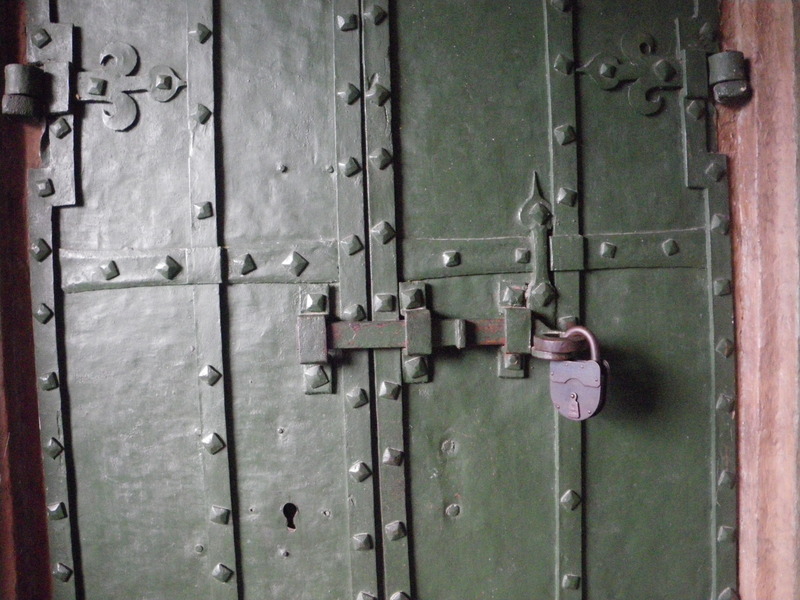
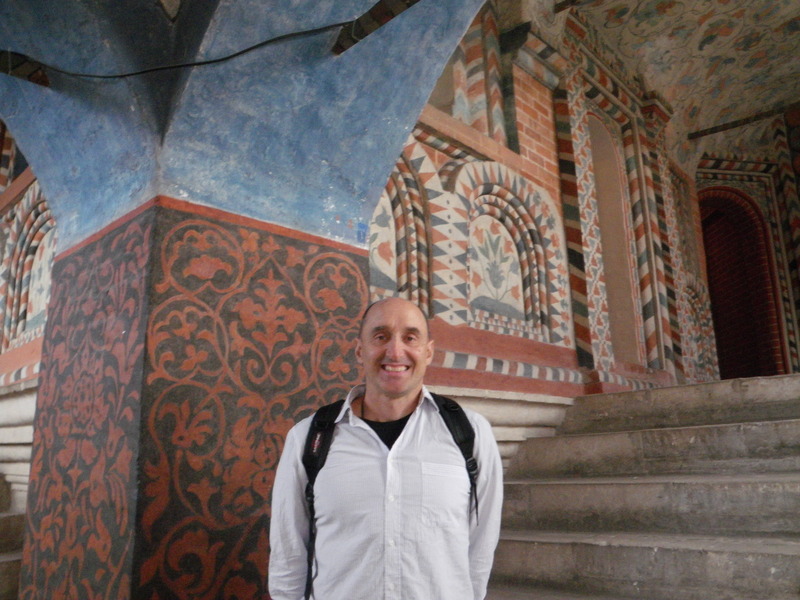
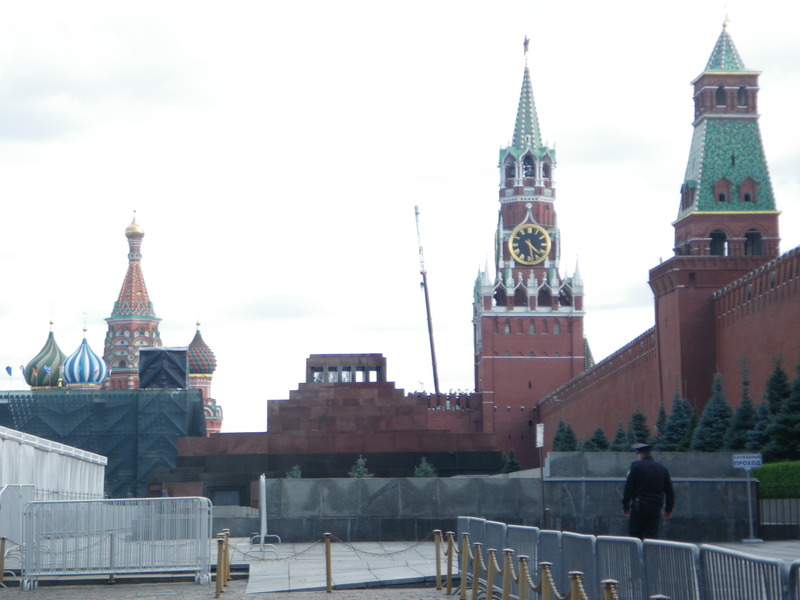
Even besides the Kremlin and St. Basil's, Red Square is surrounded by impressive buildings, including the State Historical Museum (red), the Kazan Cathedral (pink with green and gold, destroyed by Stalin and since rebuilt), and the Gum department store (grey).
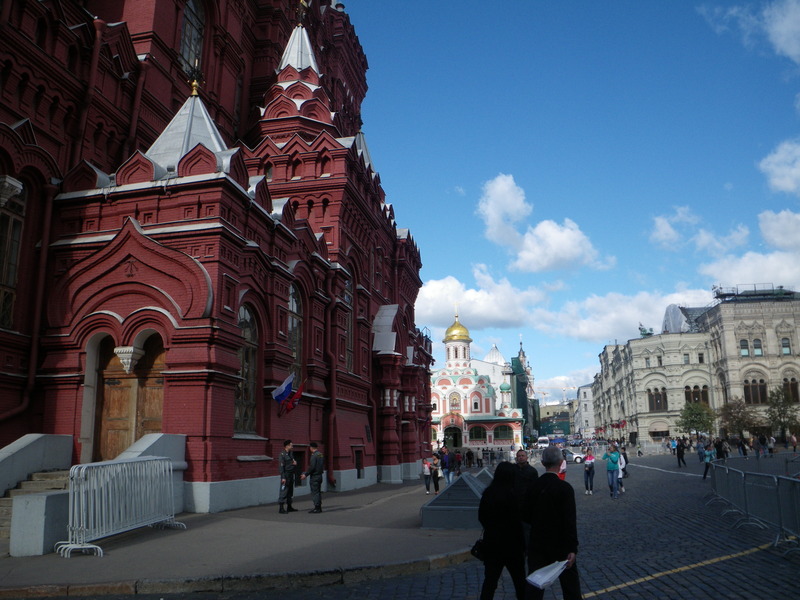
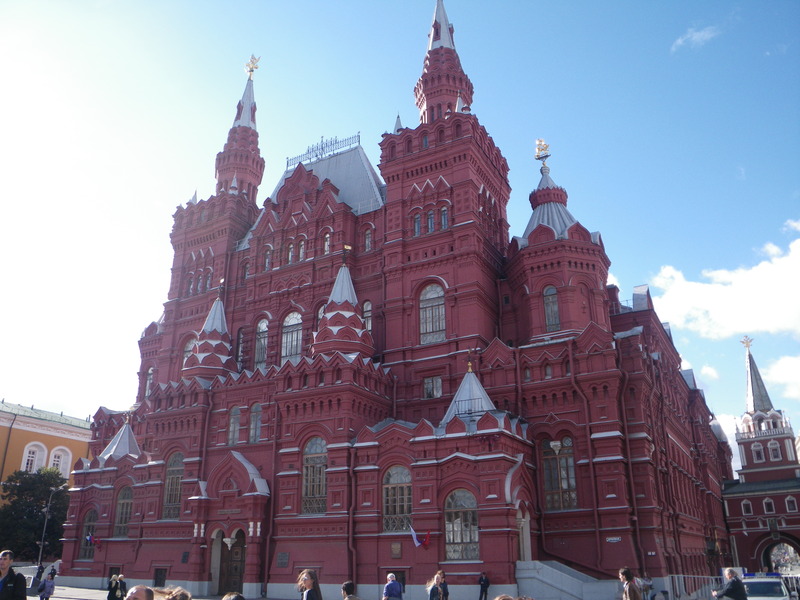
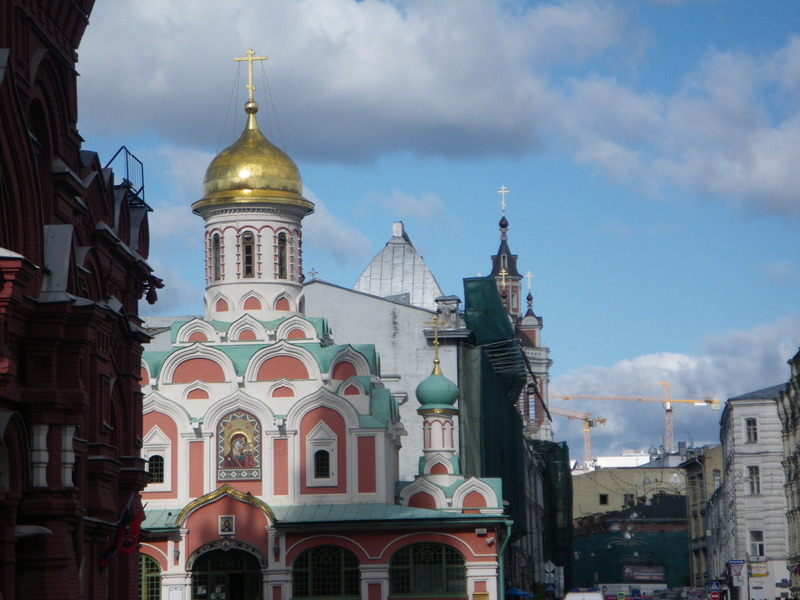

There were some strange-looking characters near Red Square.
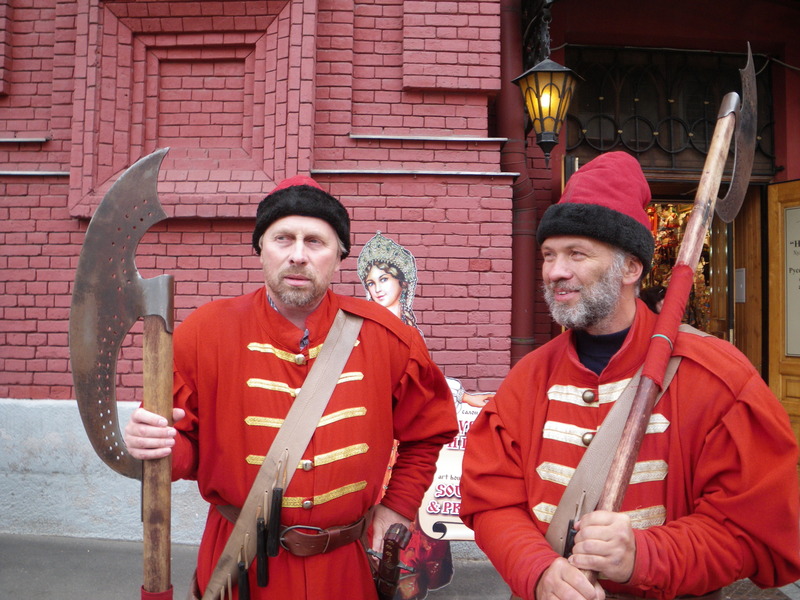
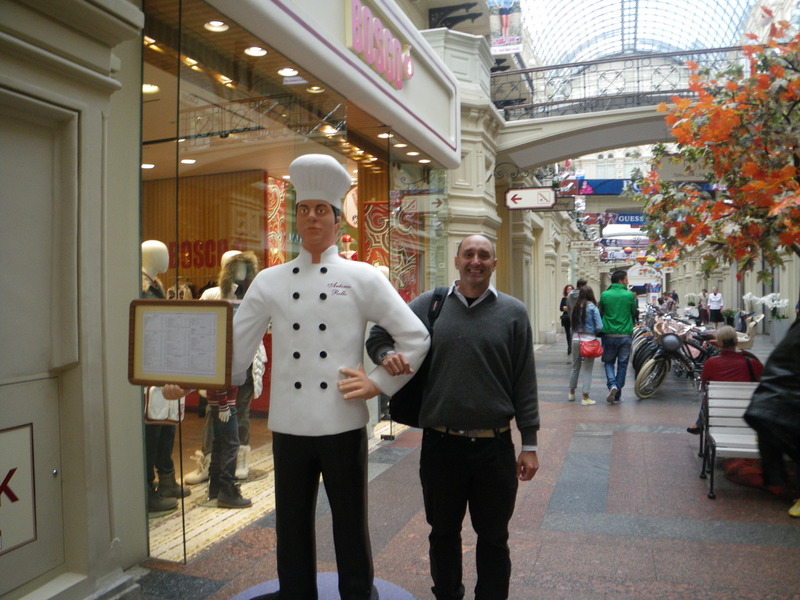
But much of the attention was on the horses and riders. Spasskaya Tower is the name of the event.
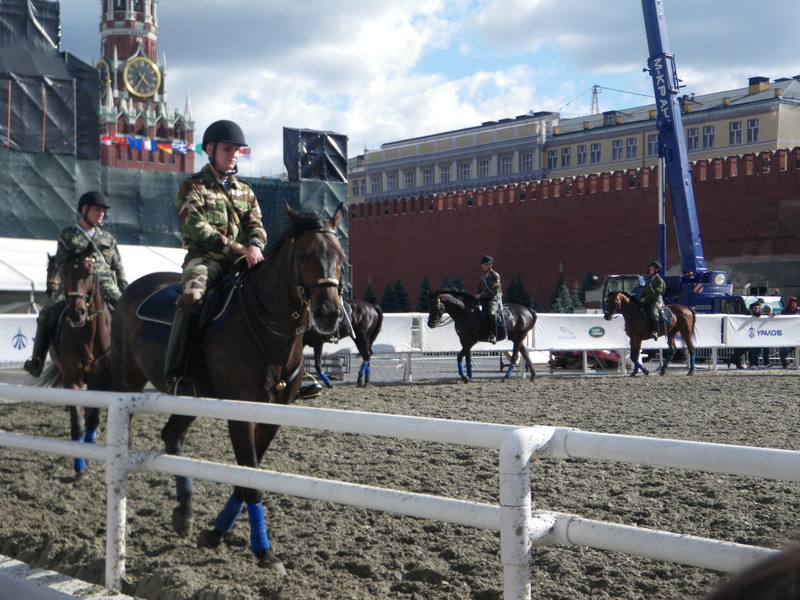
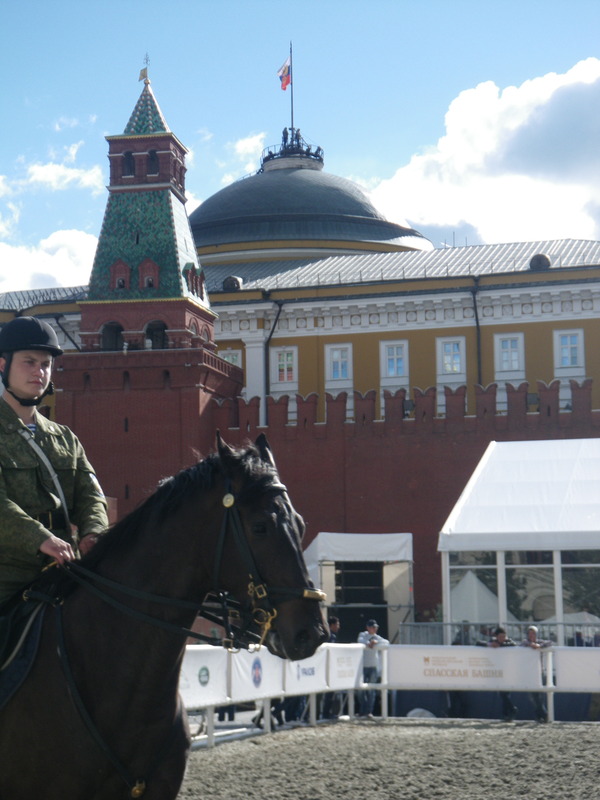
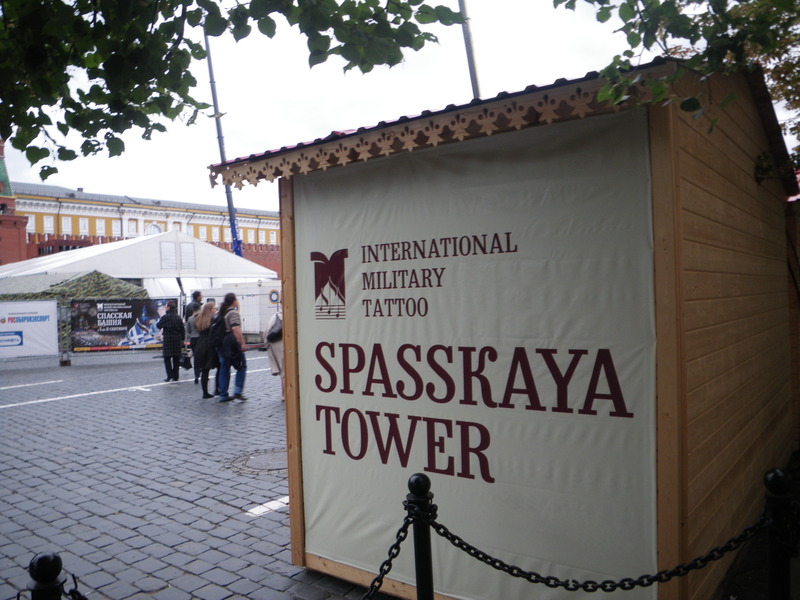
I first saw the Kremlin from the West side (Red Square is to the East of the Kremlin), where there is an impressive-looking entrance gate, the Trinity tower.
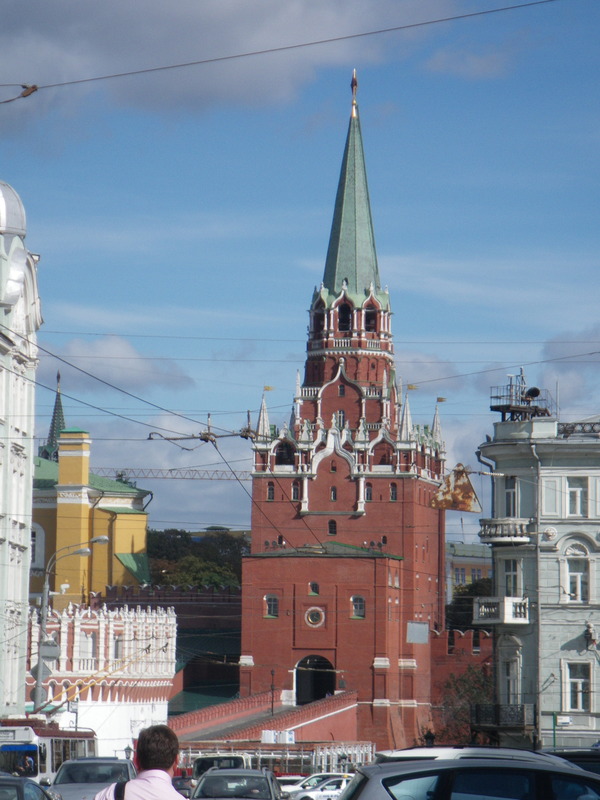
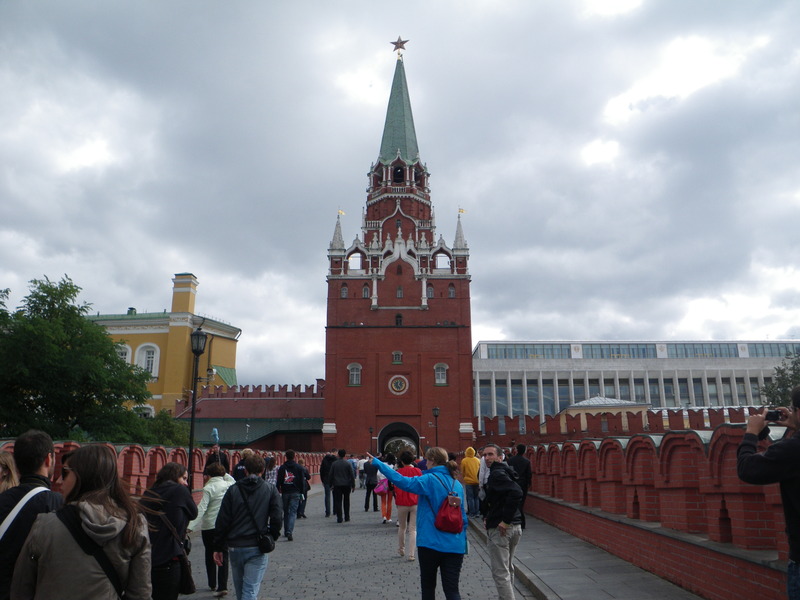
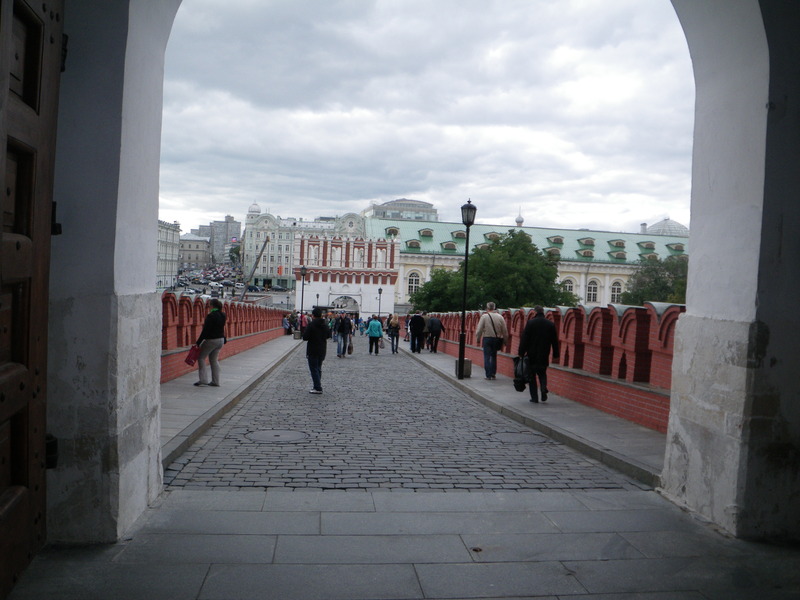
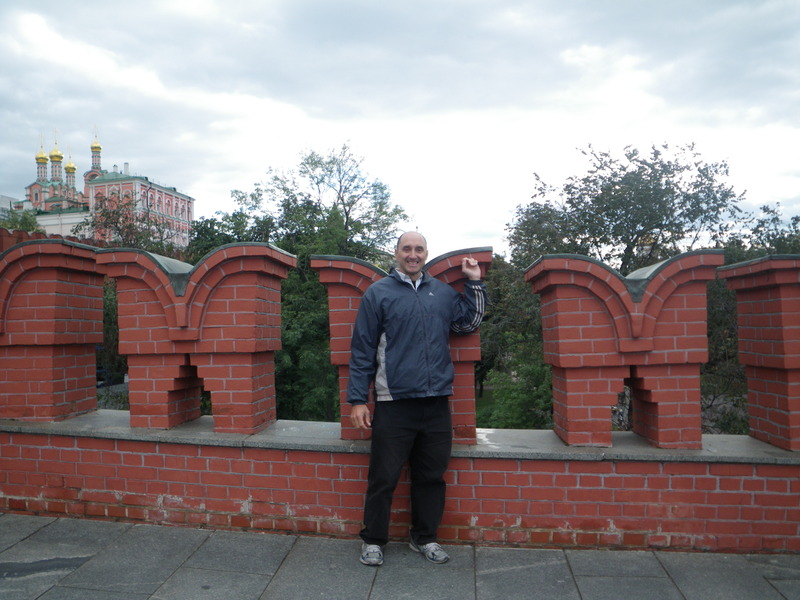
As far as I can tell, the wall around the Kremlin is a little taller than the wall around the Forbidden City in Beijing. The color scheme is the same, however. The Alexander Garden right below the Western wall is nice (I am guessing it served as a moat in the past). The garden has a monument to an unknown soldier killed about 40km from Moscow, the point of nearest approach of the German armies during the Great Patriotic War, more commonly known as World War II.
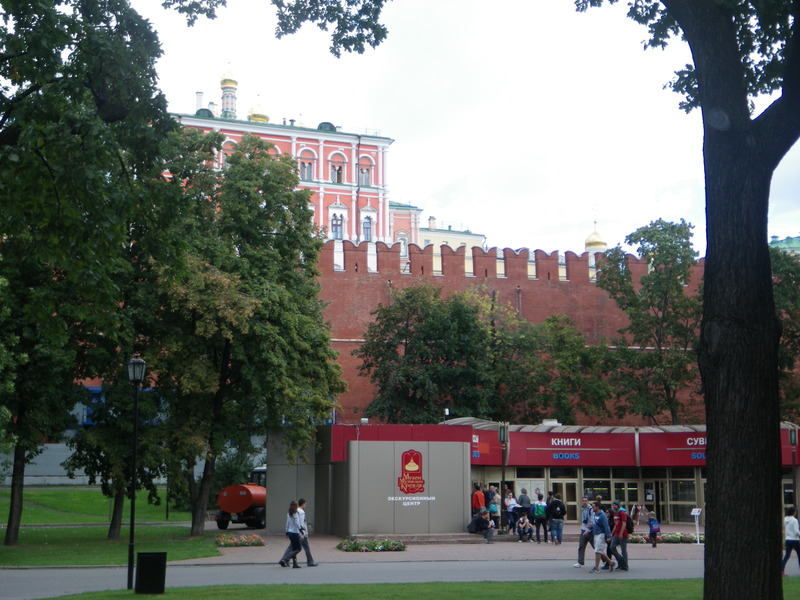
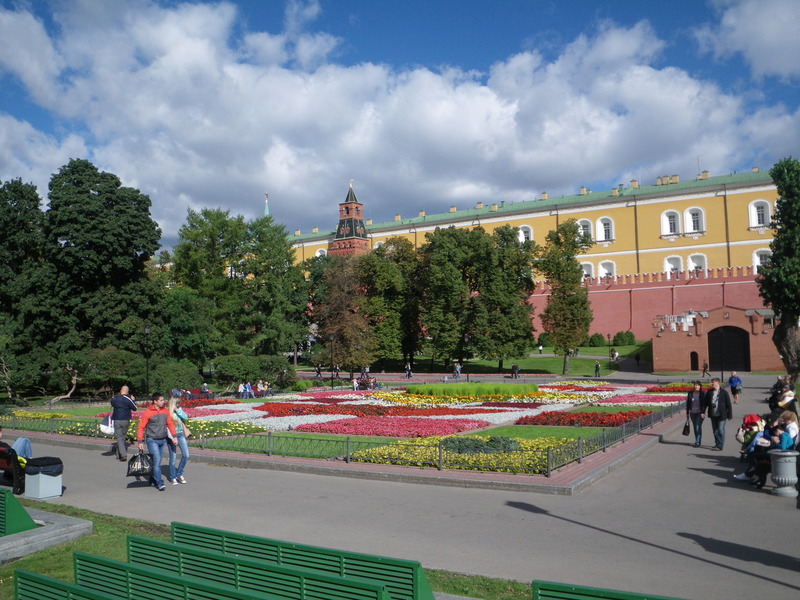
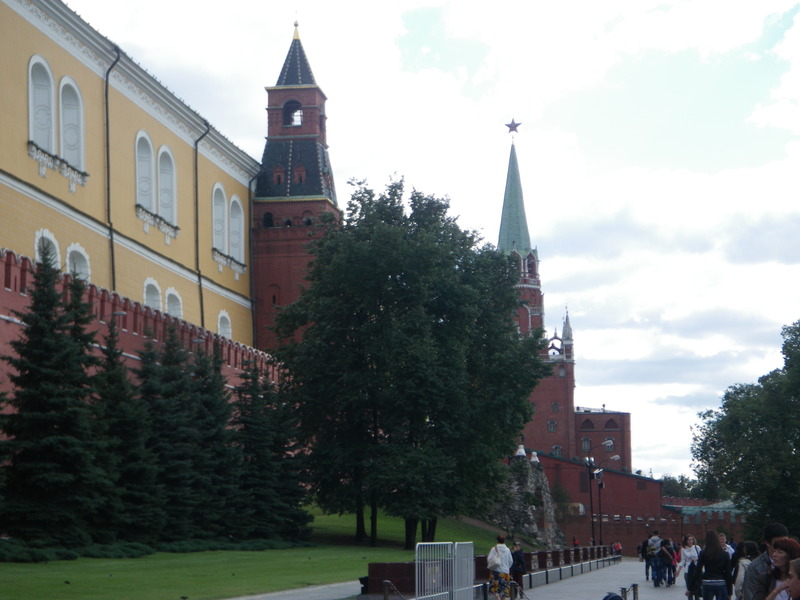
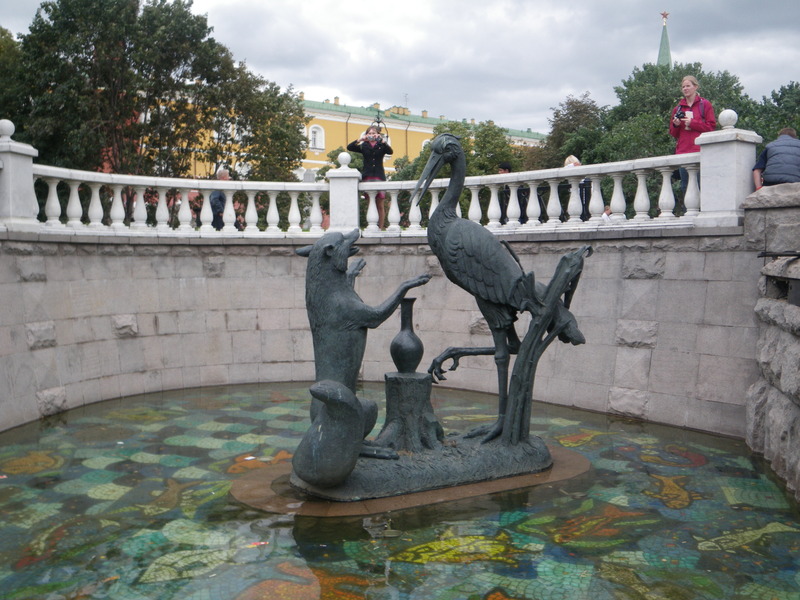
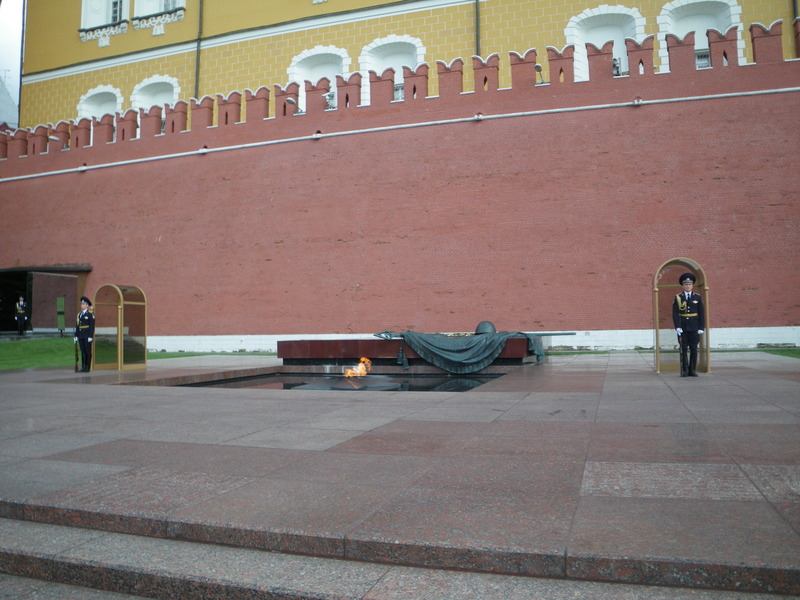
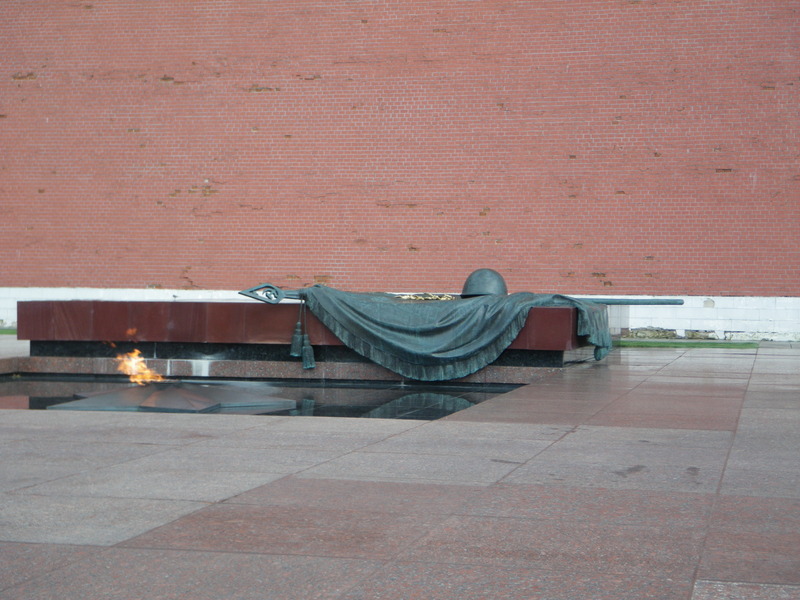
Although it is not completely obvious from the pictures, the Kremlin was built here because it is a natural hill next to the Moscow river. Inside is large a number of churches and palaces built during the Tsars' time, and the State Kremlin palace built during Stalin's time.
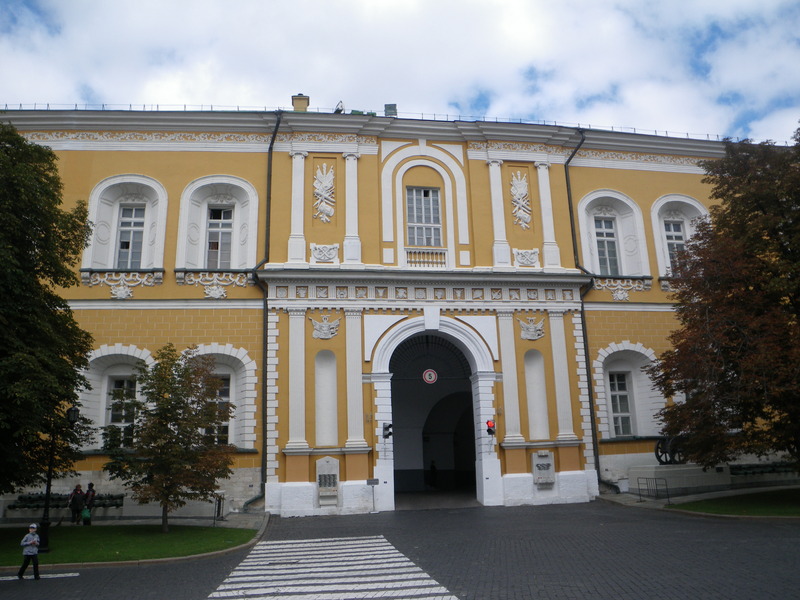
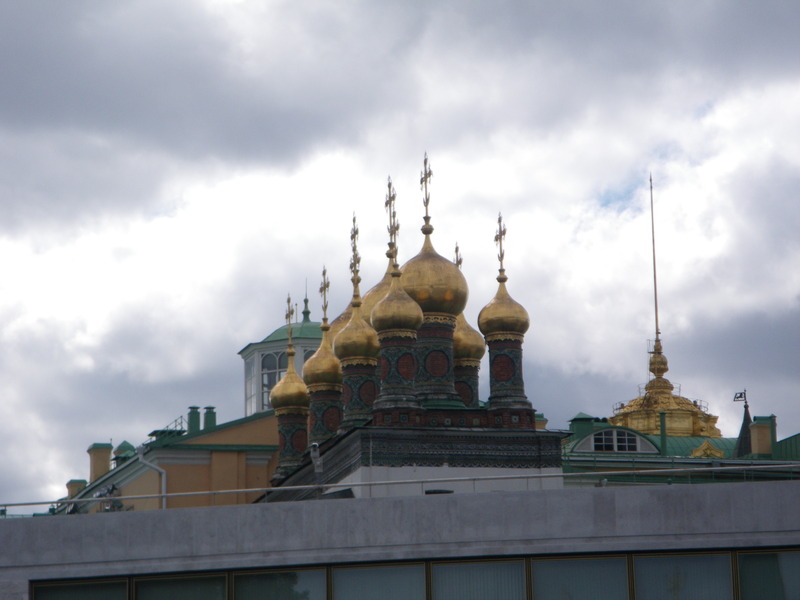
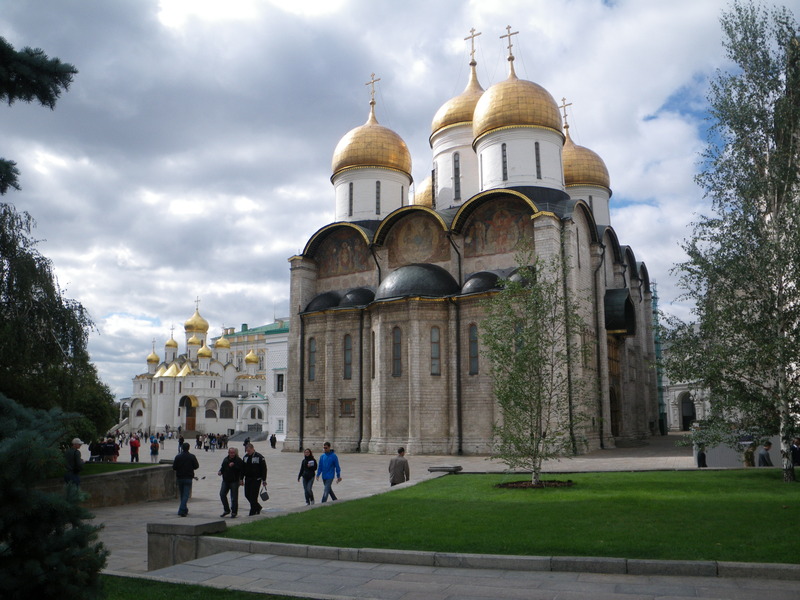
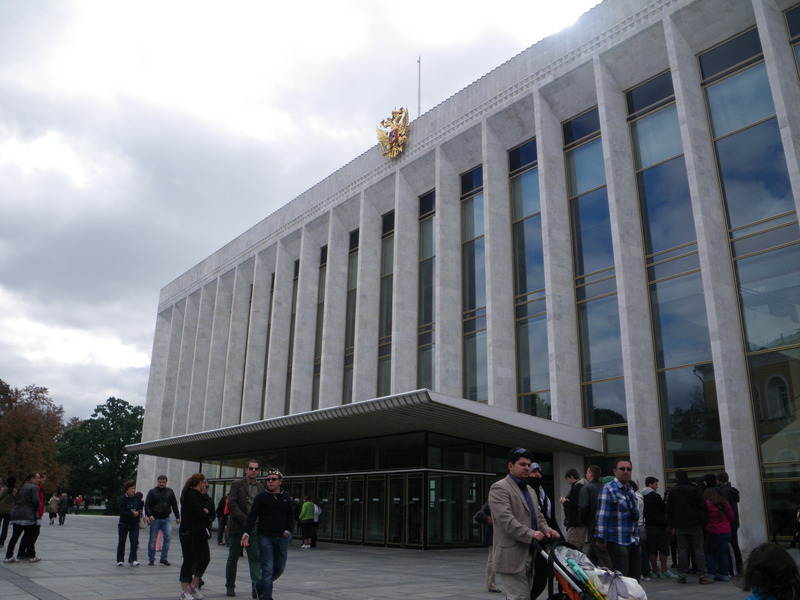
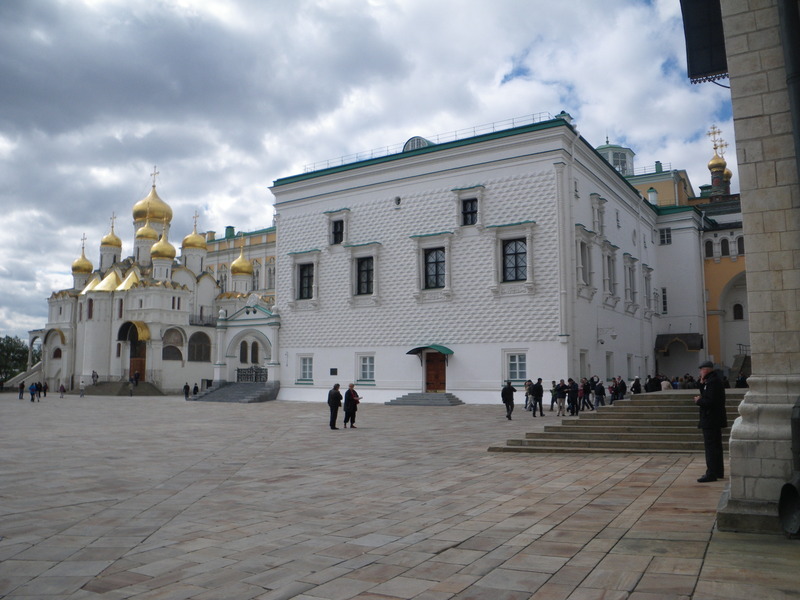
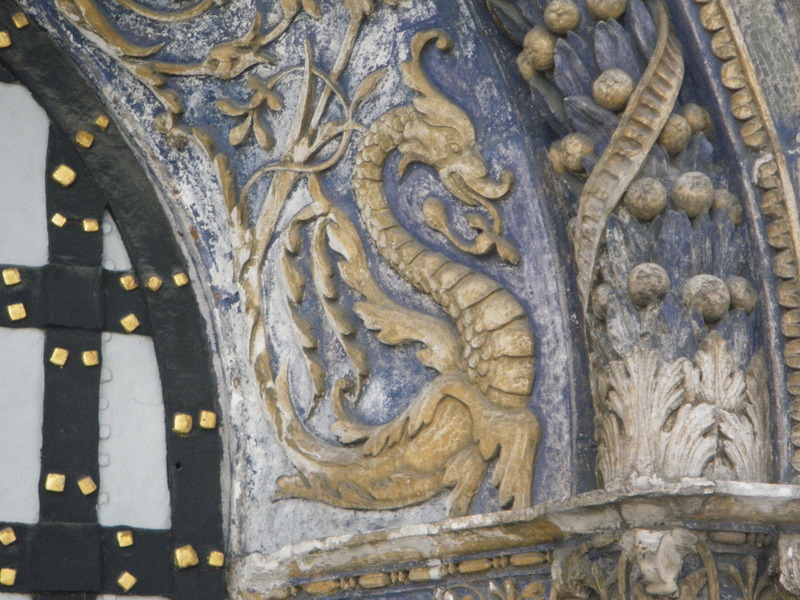

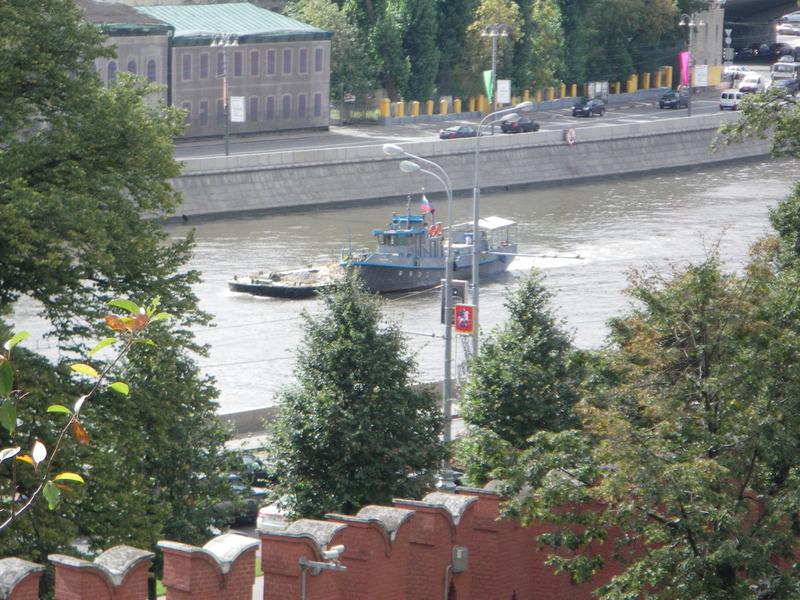
One square reminded me of an Italian Piazza. I learned later that several of the churches had been designed by Italian architects. I wonder how they felt building such masterpieces, but living in such a cold place.
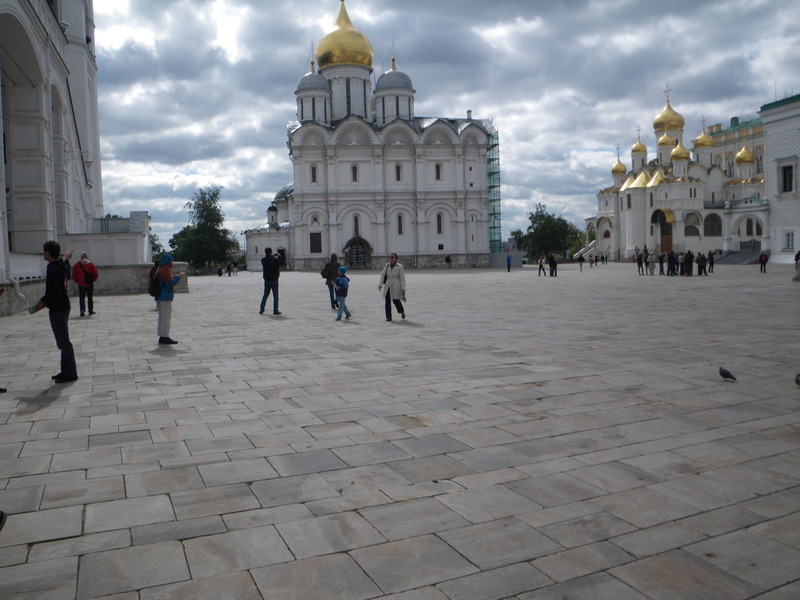
The tallest building in the Kremlin is the Ivan the Great (Ivan III) bell tower. It is normally open for visitors, but it wasn't during my visit.
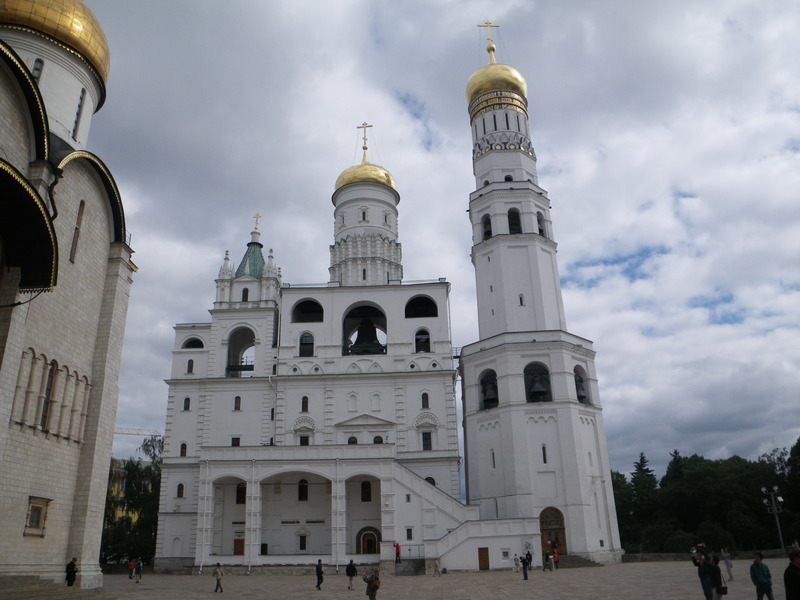
Photography was not permitted inside the buildings. Although the design of some of the churches may be Italian, the decoration inside was entirely Russian, with a profusion of icons and gold leaf. I also visited the Armory, the centerpiece of which are the jewel-encrusted crowns (trimmed in fur) and scepters of various tsars. While that was interesting, I think I enjoyed the churches more.
Inside the Kremlin are also many cannons taken from Napoleon's retreating troops, as well as a giant and not functional cannon and bell, named the Tsar's cannon and Tsar's bell.
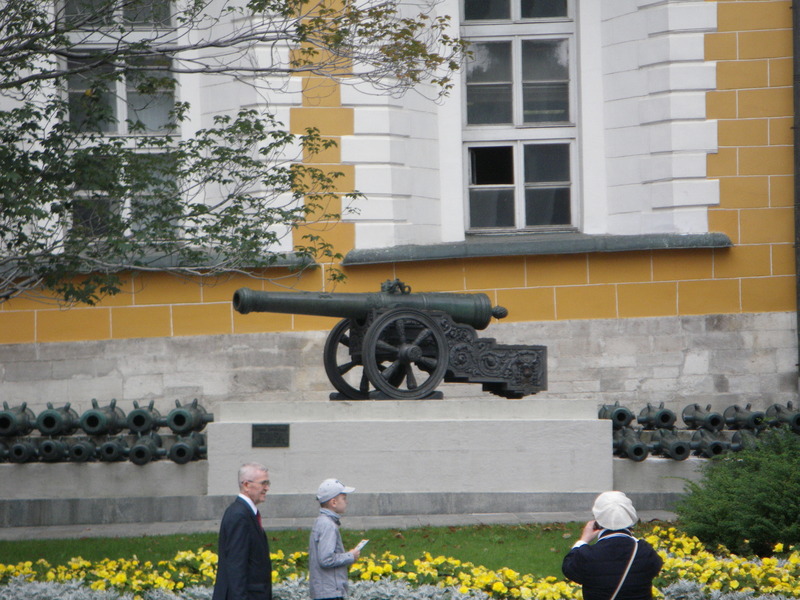
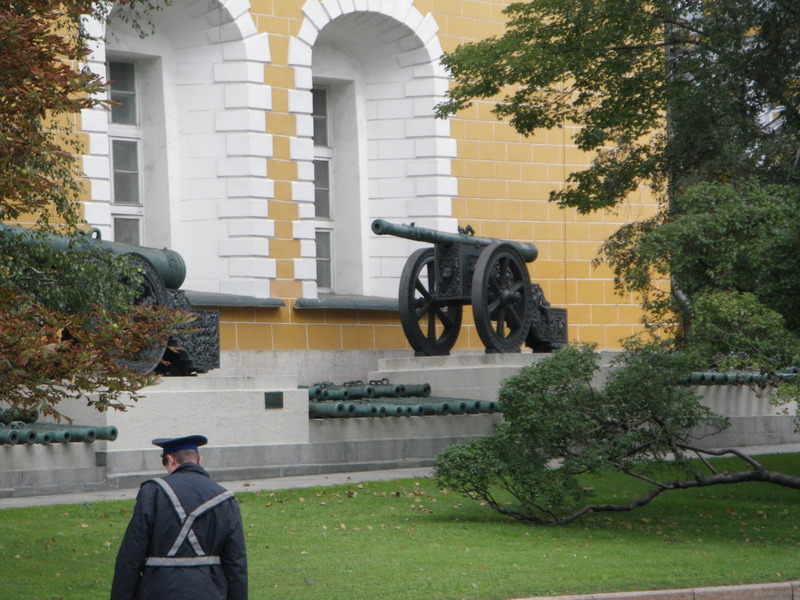
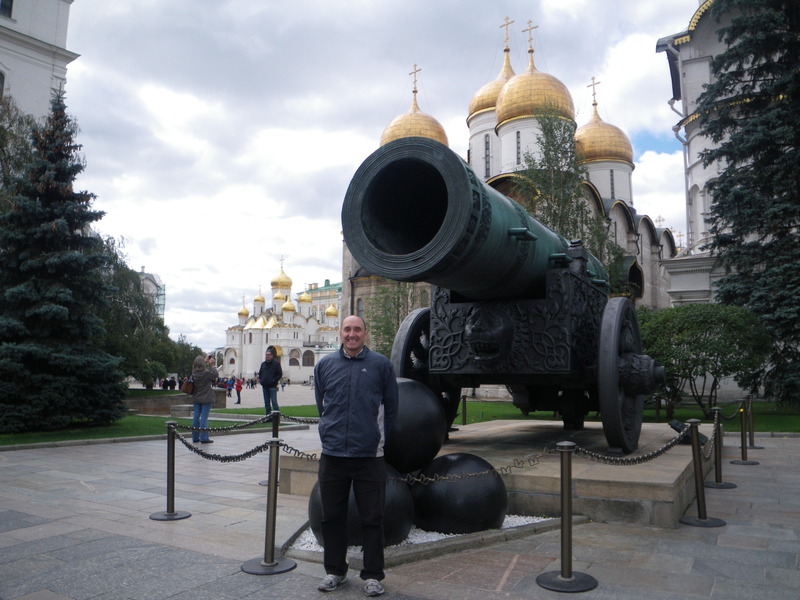
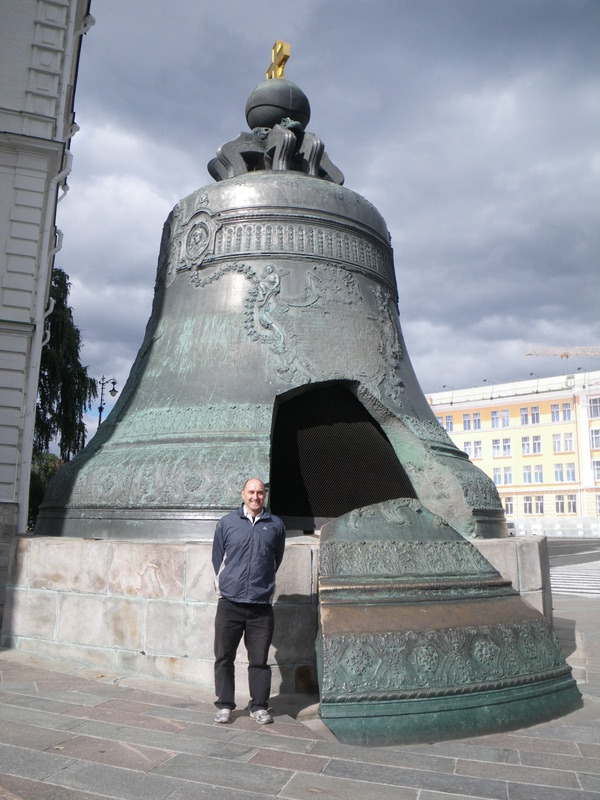
One of my guidebooks recommended a walk along some streets East of Red Square. While it doesn't look like much, this building is supposedly the location of the first Russian printing press. The local scribes weren't very happy with the press and forced it to shut down, but the setback was temporary.
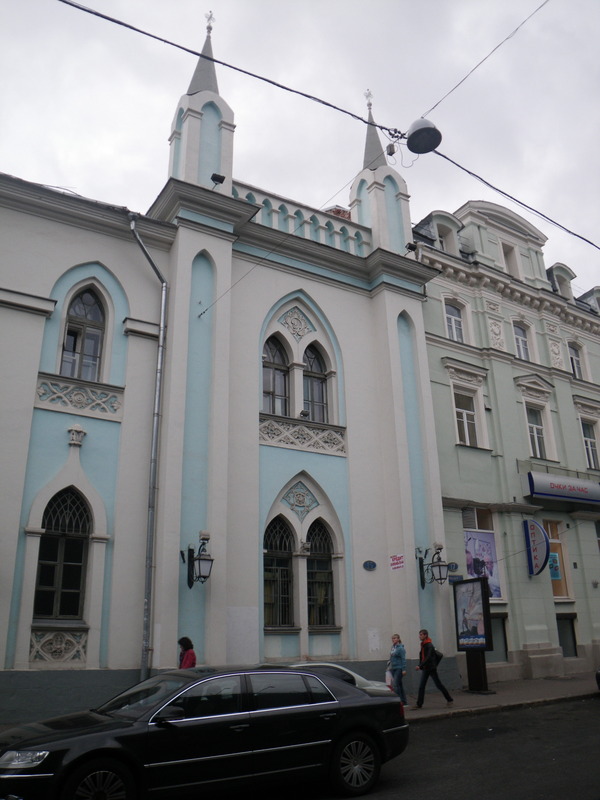
The church of St. Barbara, with an architecture that could belong in Italy.
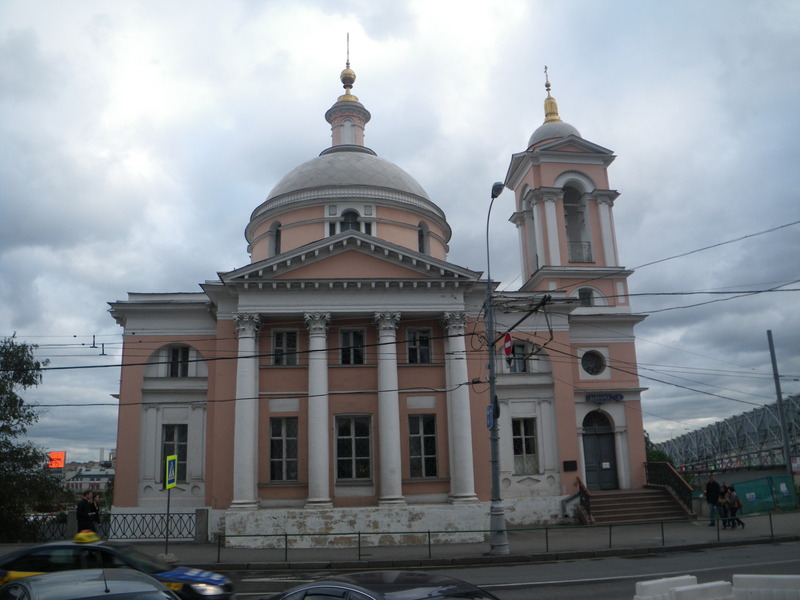
Old English Court, the residence of England's first ambassadors to Russia. The roofs are made of wood.
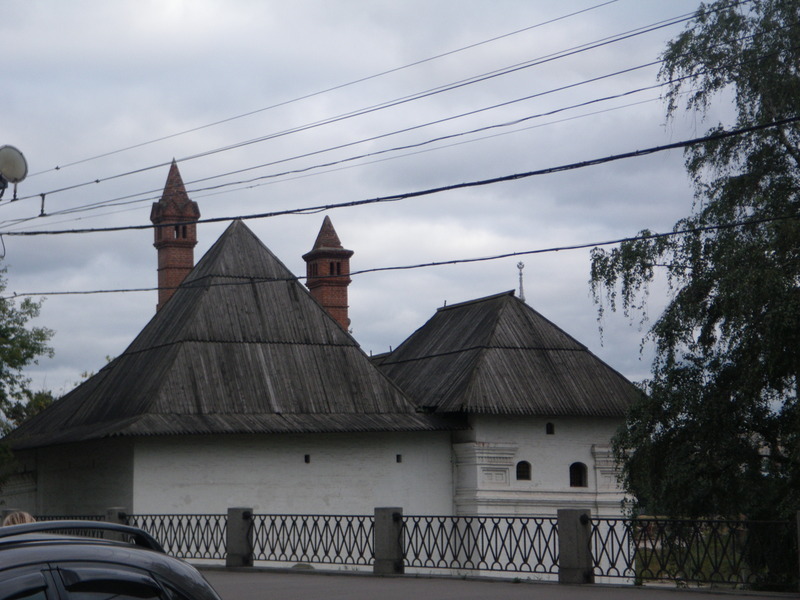
The Church of St. Maxim, the Monastery of the Sign, and the Church of St. George.
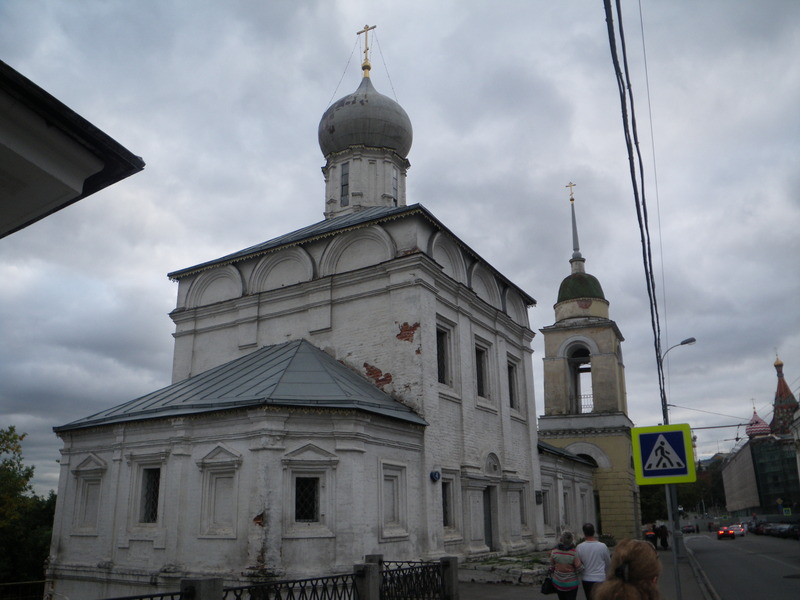
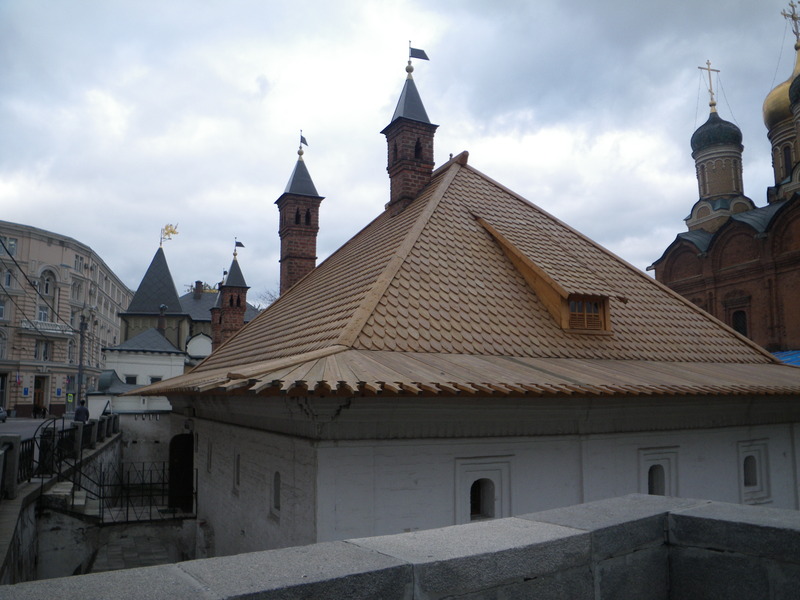

Finally, unceremoniously buried in an underground passage, I found part of the old Wall of Moscow.

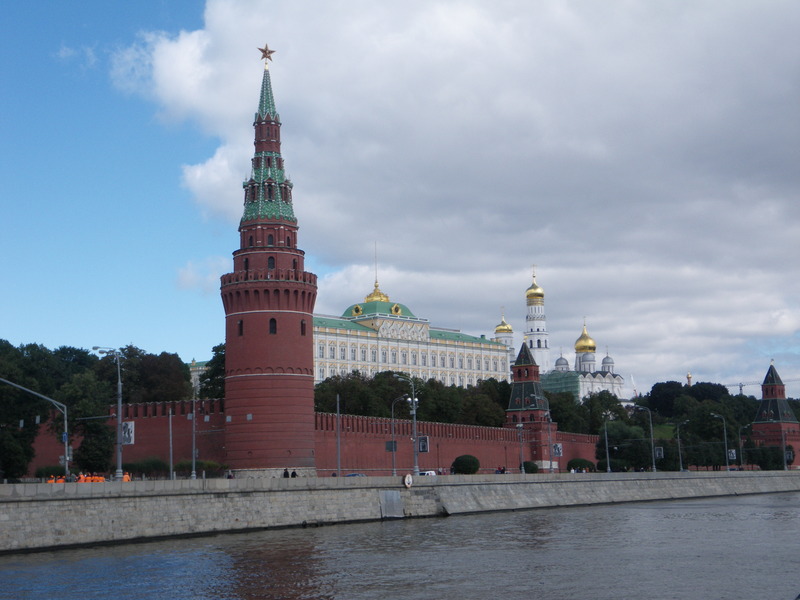


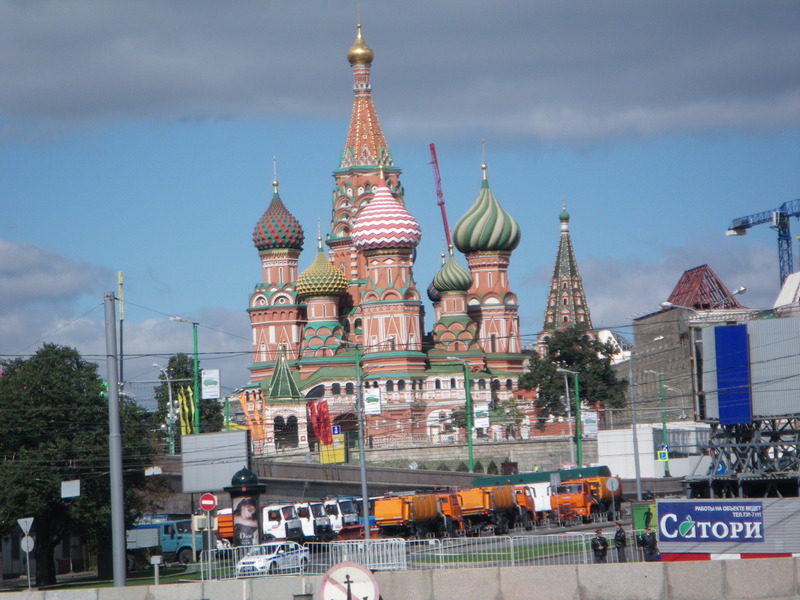

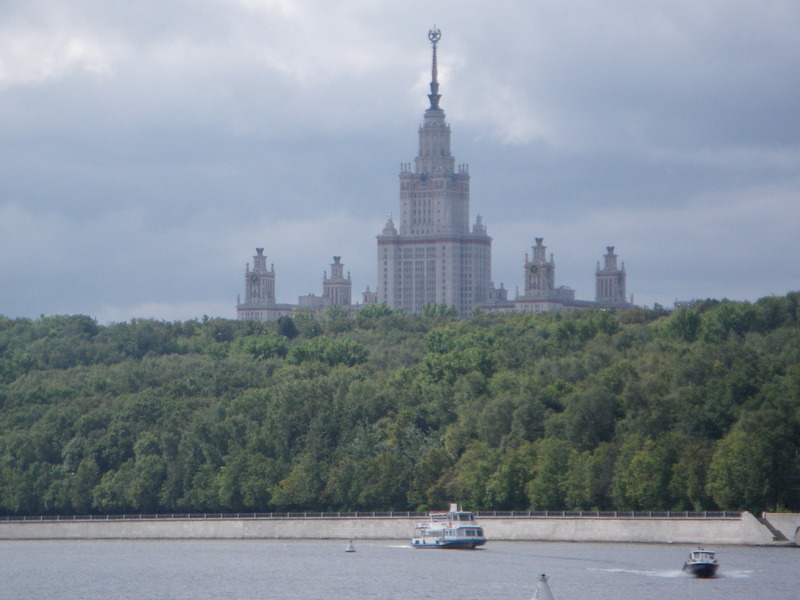
I have more than one guidebook, and some were enthusiastic about the Novodevichy Monastery, near the banks of the river. It was built in the 1600s and has some historical significance. My other guidebooks were less enthusiastic. So I decided to visit it and decide for myself. The monastery looks nice from the river.
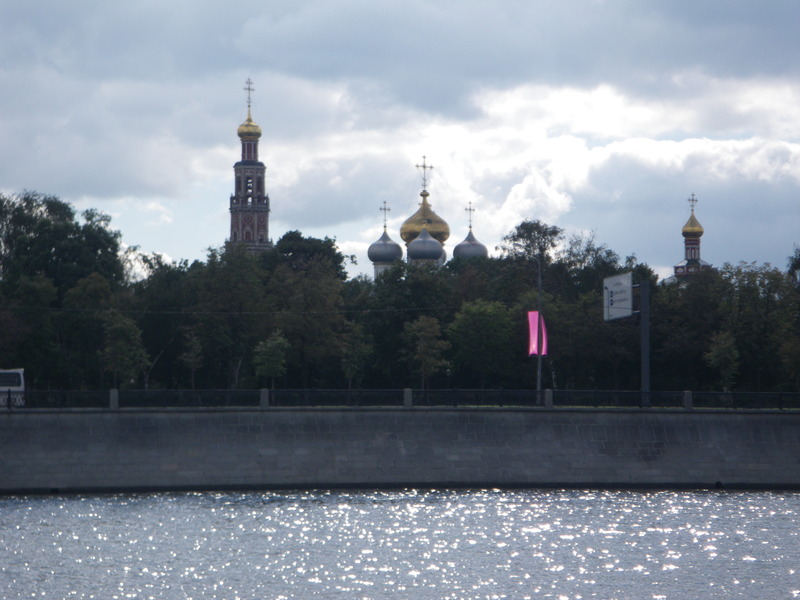
The monastery is known for all the famous people buried there. However, there are also people buried here that I have never heard of, and I didn't have the patience to walk around and decipher all the names in Cyrillic, so I did not see any famous tombs. I did take a picture of a cross I had seen inside the Kremlin, with an additional, slanted crossbar. I have never seen it anywhere outside of Moscow.
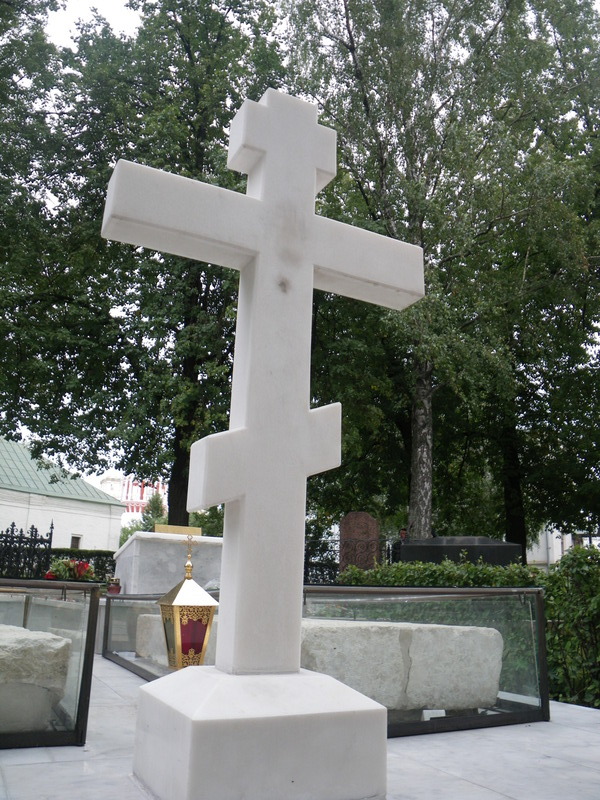
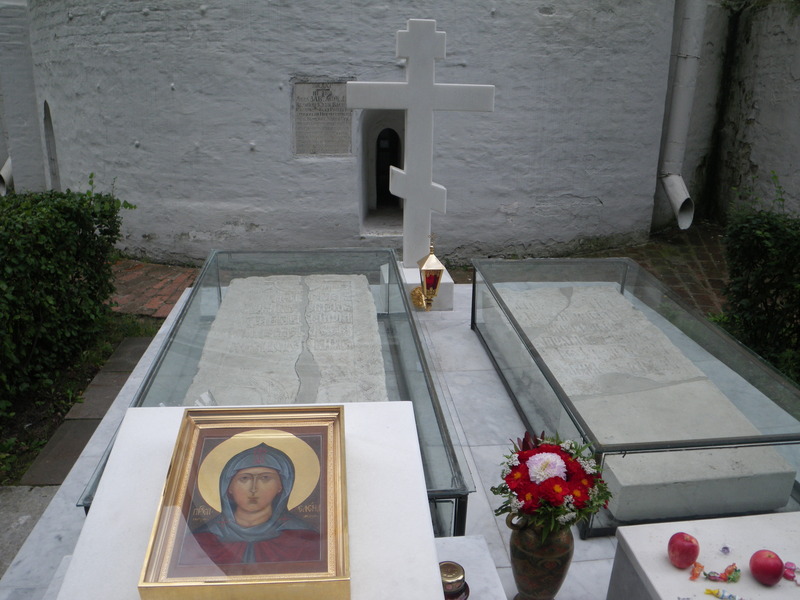
I saw one building that I found really impressive, Smolensk Cathedral. The other buildings that I was directed to had displays intended for the faithful, and, other than a video showing black-and-white footage of the communist destruction of churches, less interesting to me.
This is Smolensk Cathedral.
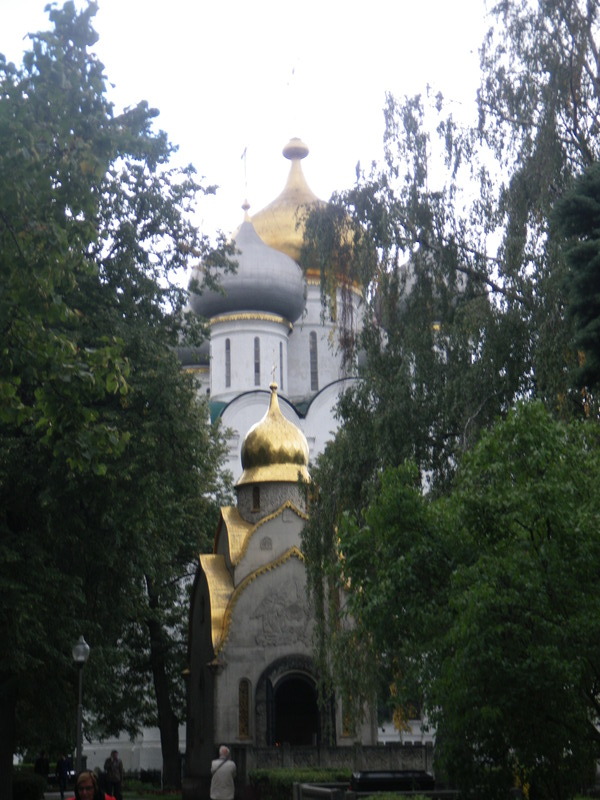
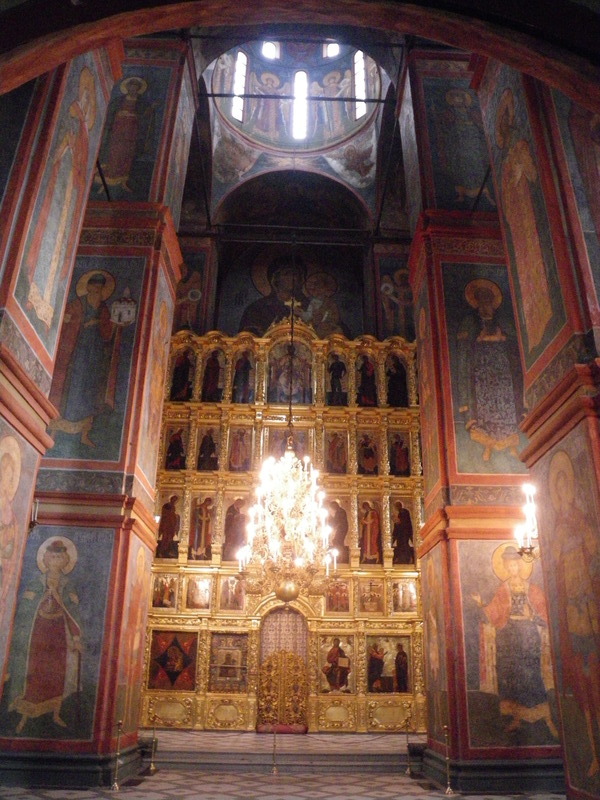
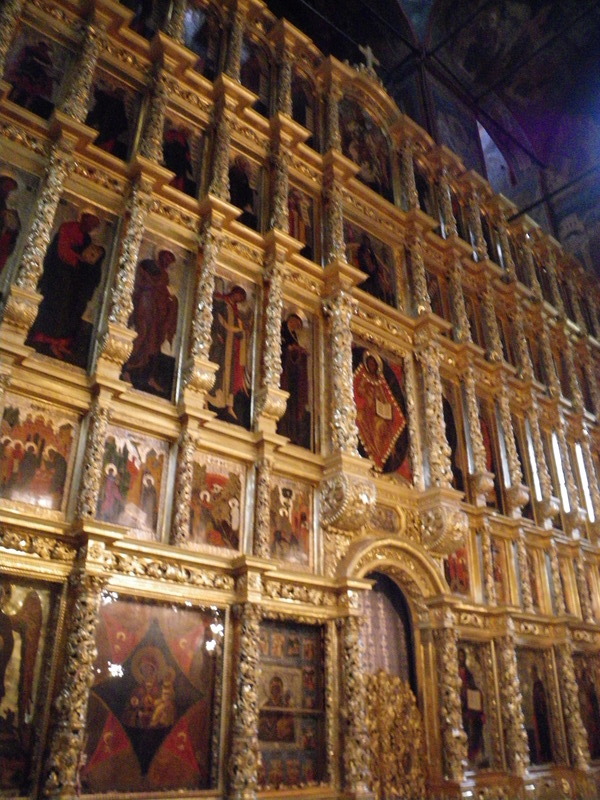

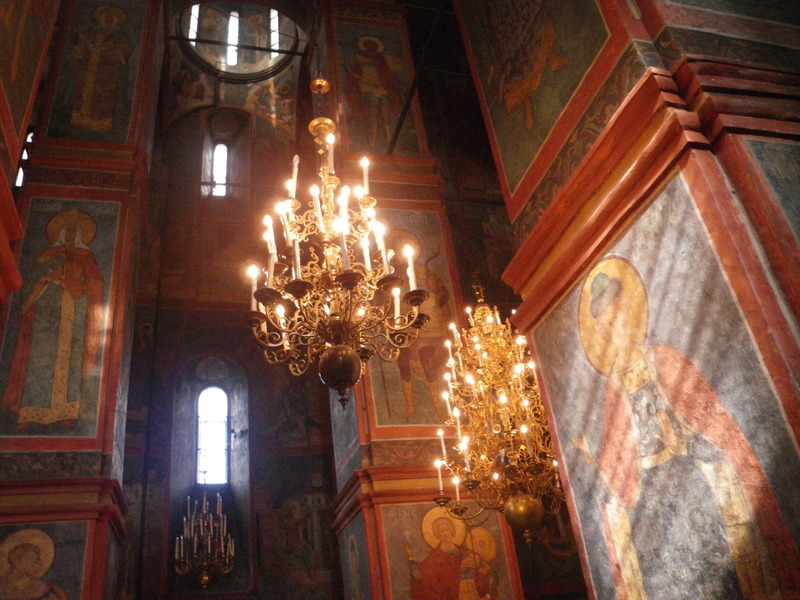
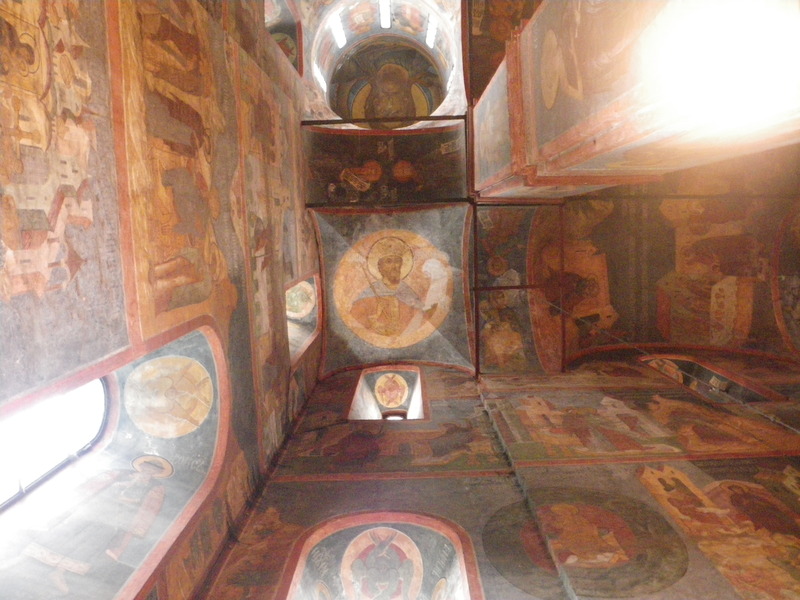
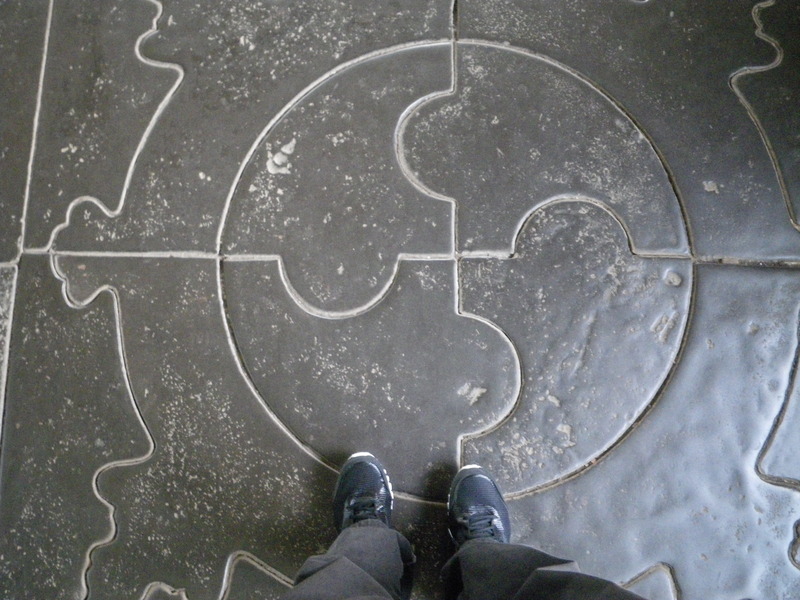
These are other views of the monastery, including the belfry and a scale model of the monastery.
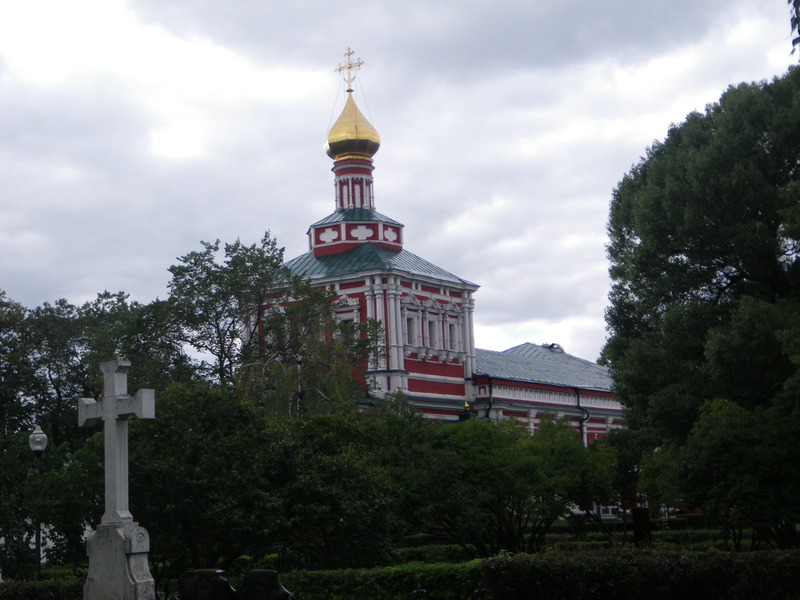
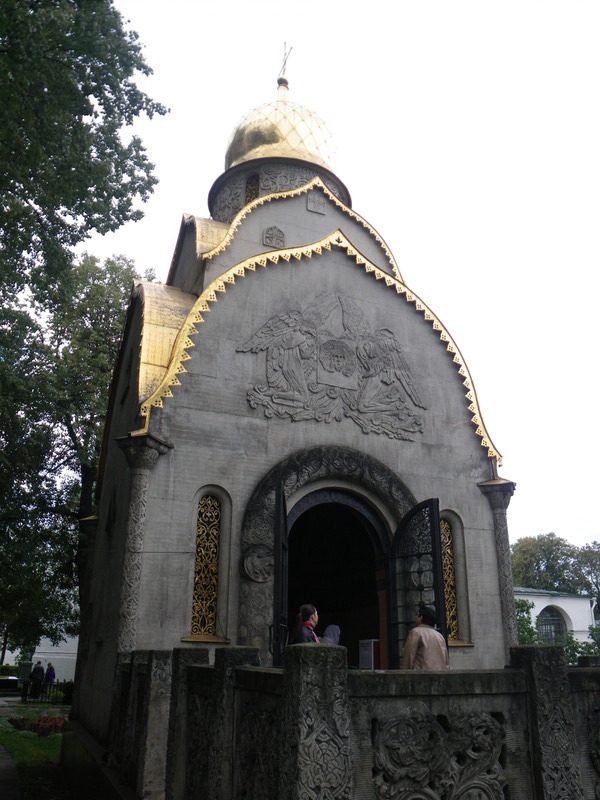
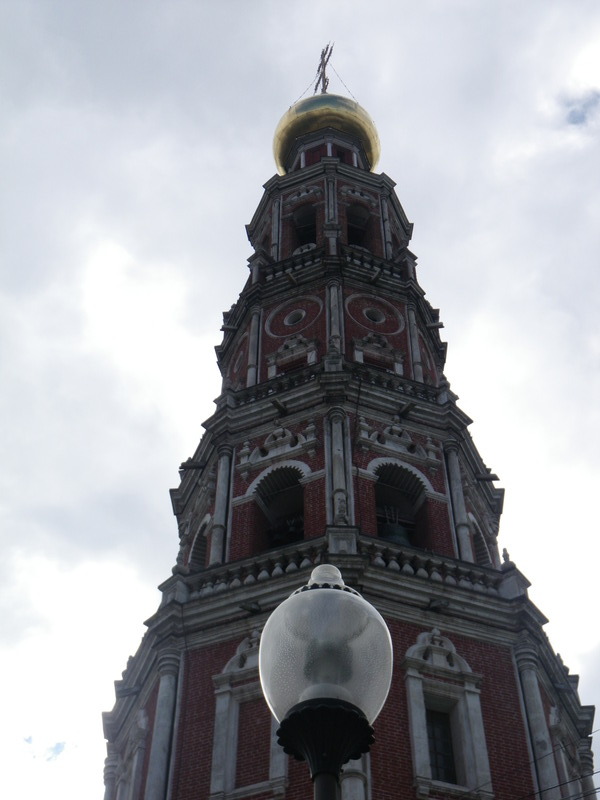

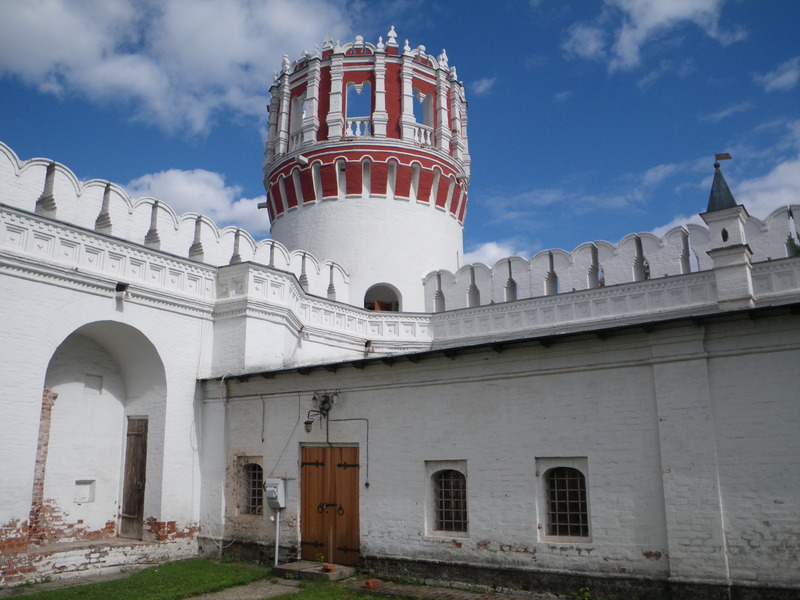
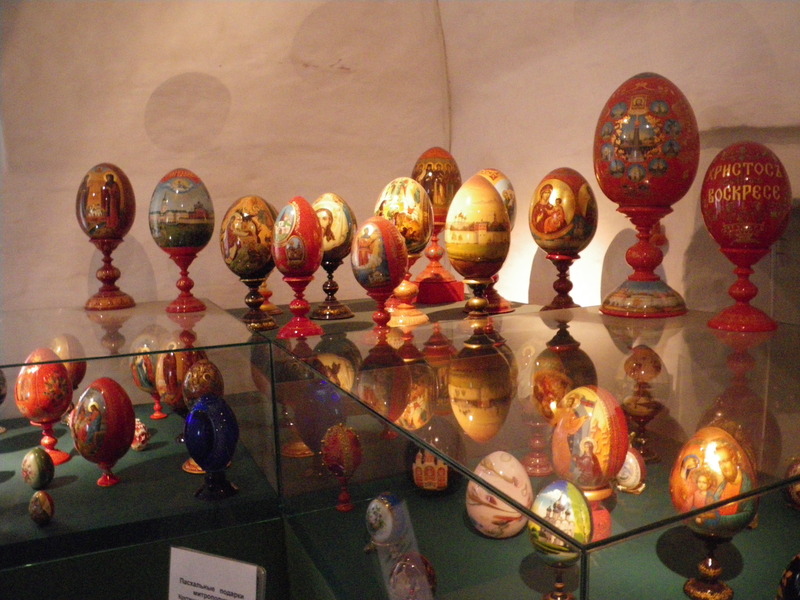
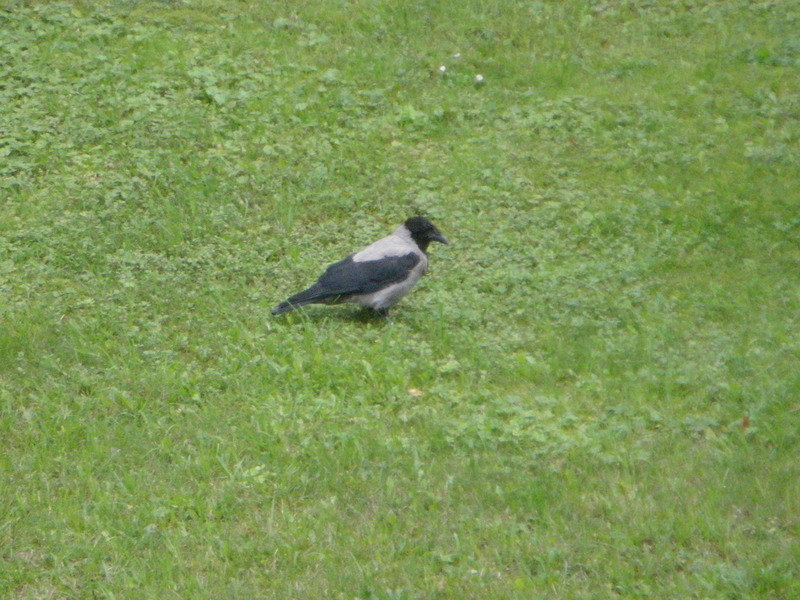
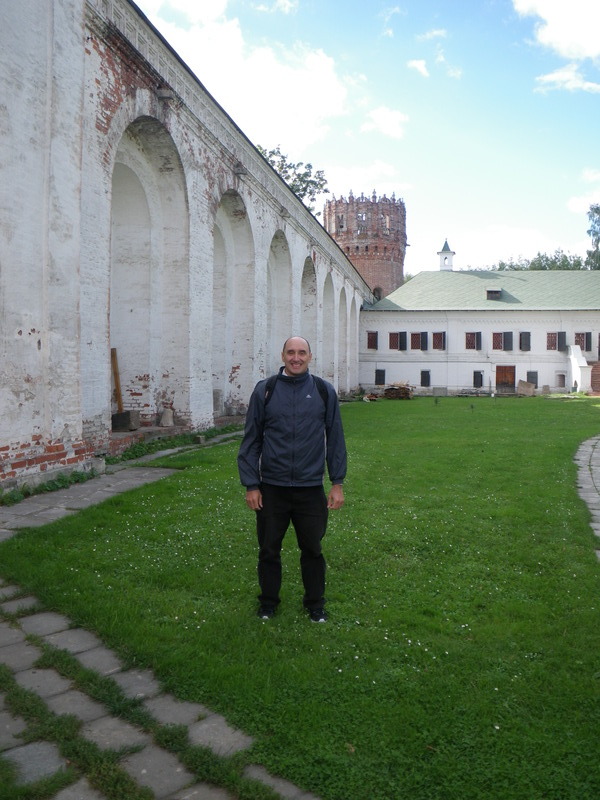
My hotel was near Arbat Street, which is one of the popular culture centers of Moscow. It has theaters and stands selling books, music of all kinds, and, while I was there, a Brazilian-themed dance exhibition.
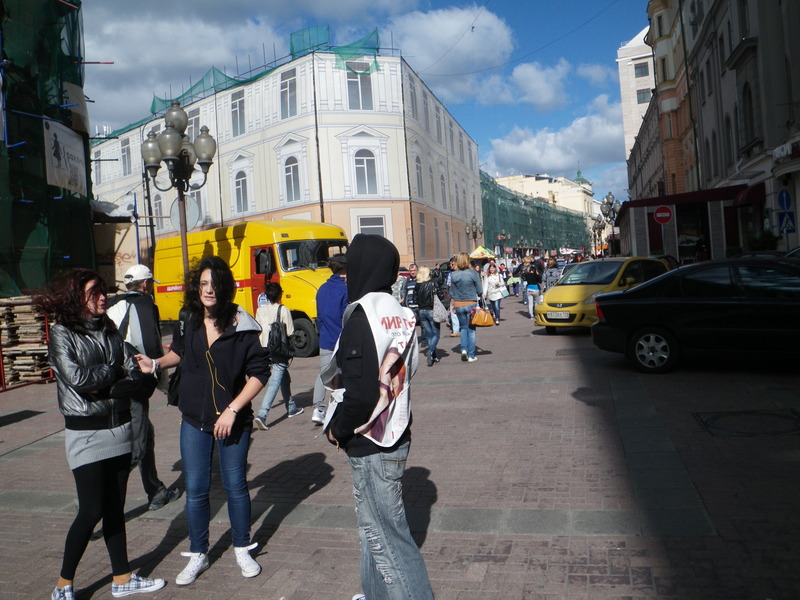
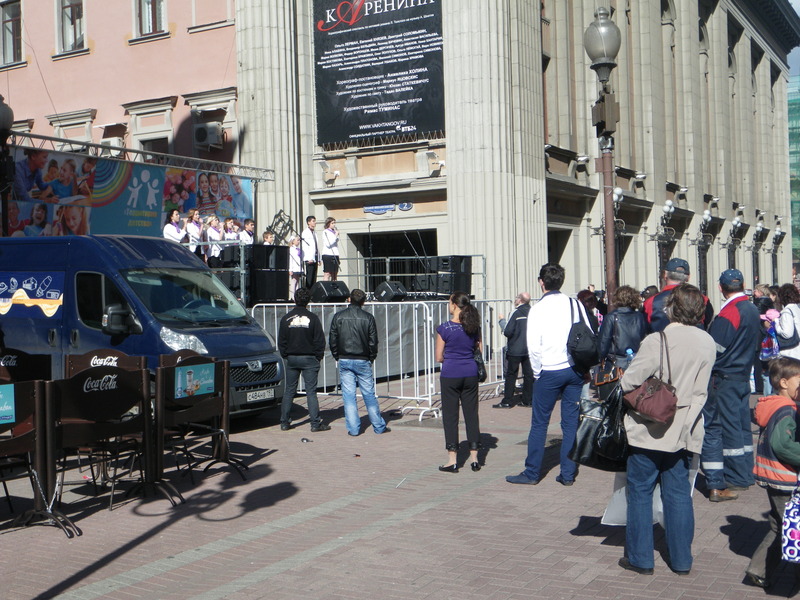

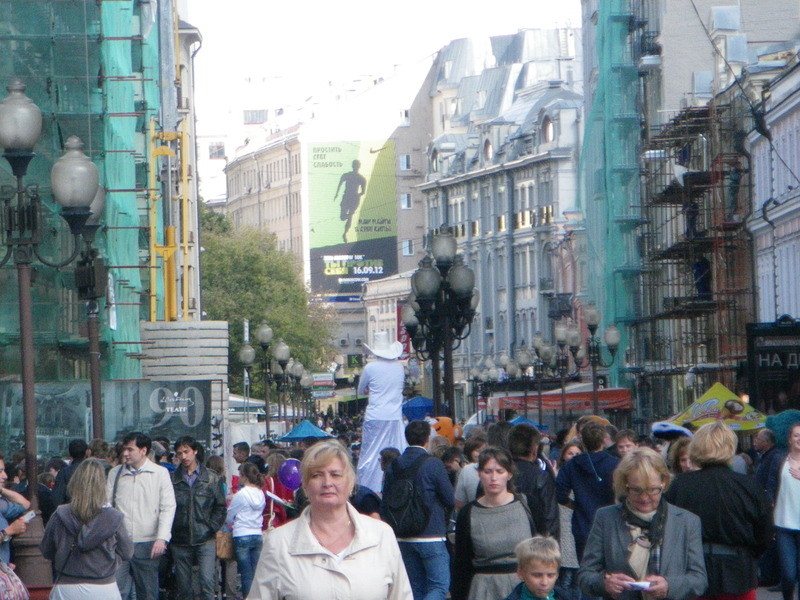
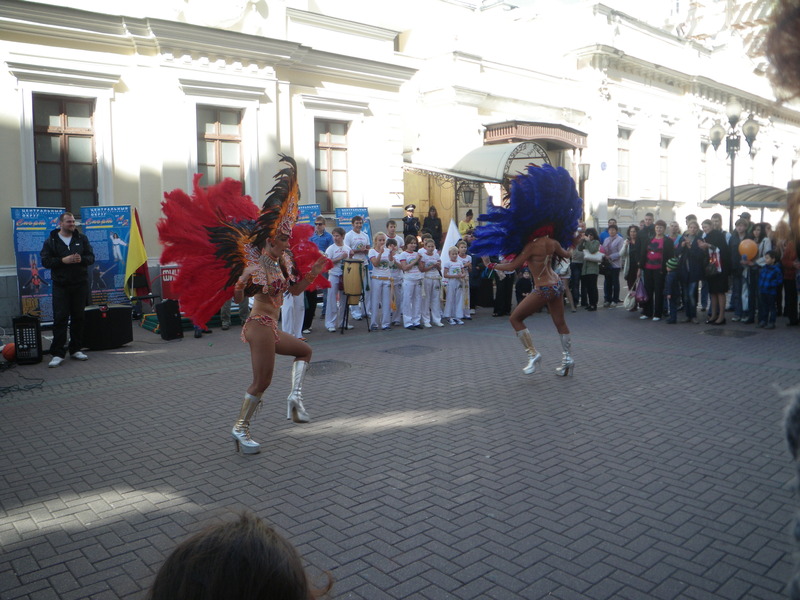

Mu-Mu (which in Cyrillic looks like My-My) is a local fast-food chain, easy to find thanks to the cows parked outside. I ate there, and it was fairly good and very inexpensive.
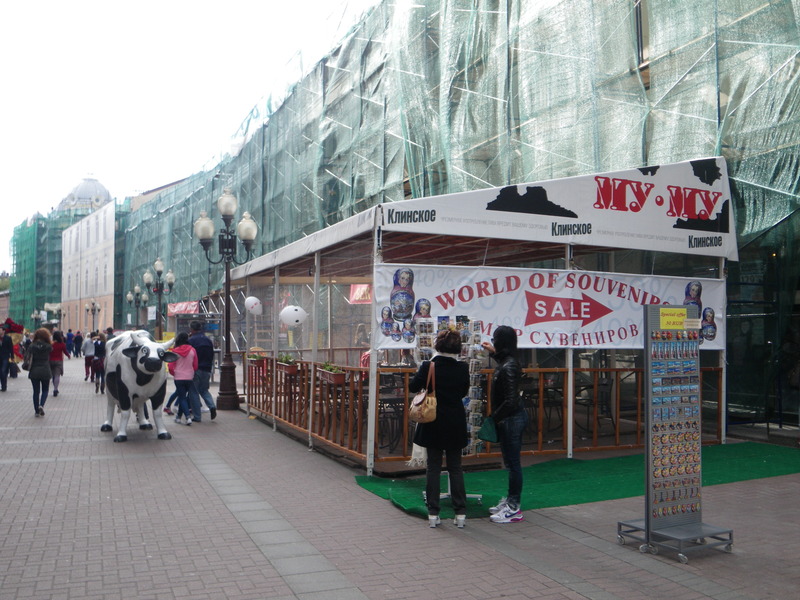

I have seen a few insteresting statues in Moscow. The first picture shows Dostoyevski in front of Lenin's library. The second shows Karl Marx. I am not sure what the inscription says, but since the first word is "Proletarii", I suspect it says "Proletarians of the world, unite!".
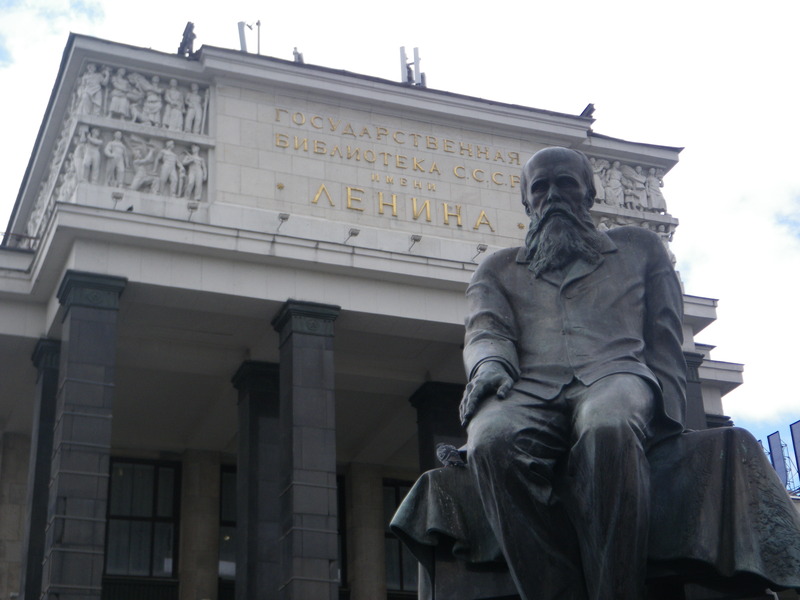
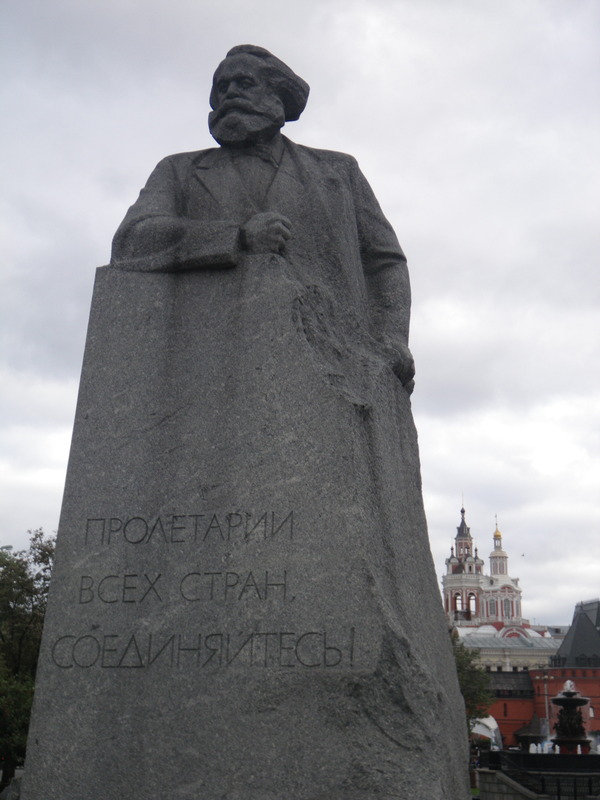
This is Marshal Zhukov, a General who was instrumental in defeating the Nazi during World War II. His horse is trampling over Nazi symbols.


This modern statue shows Joannicius and Sophronius in front of the 13-th century monastery of the Epiphany. The inscription is in both Russian and Greek.
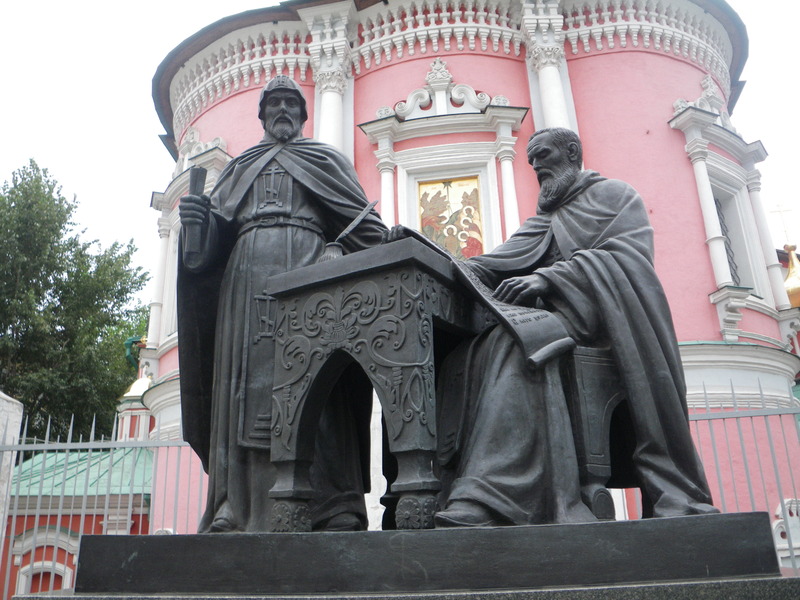
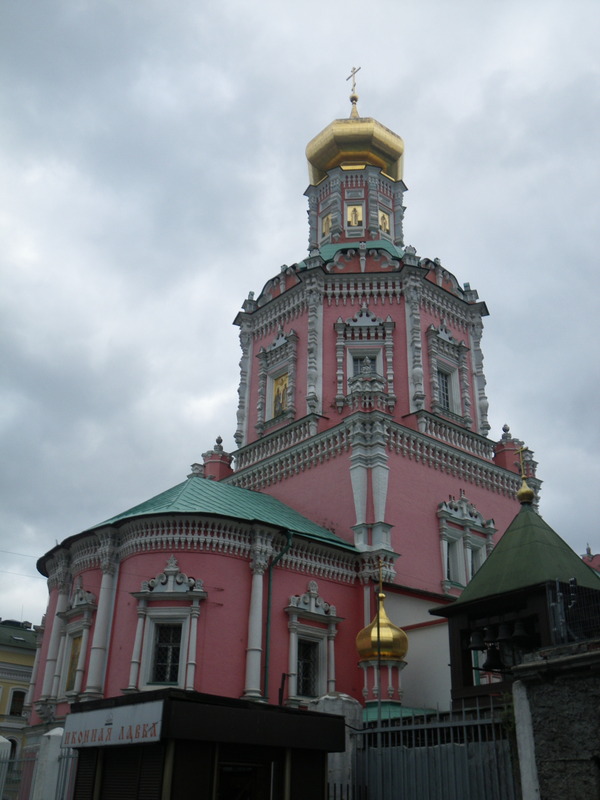
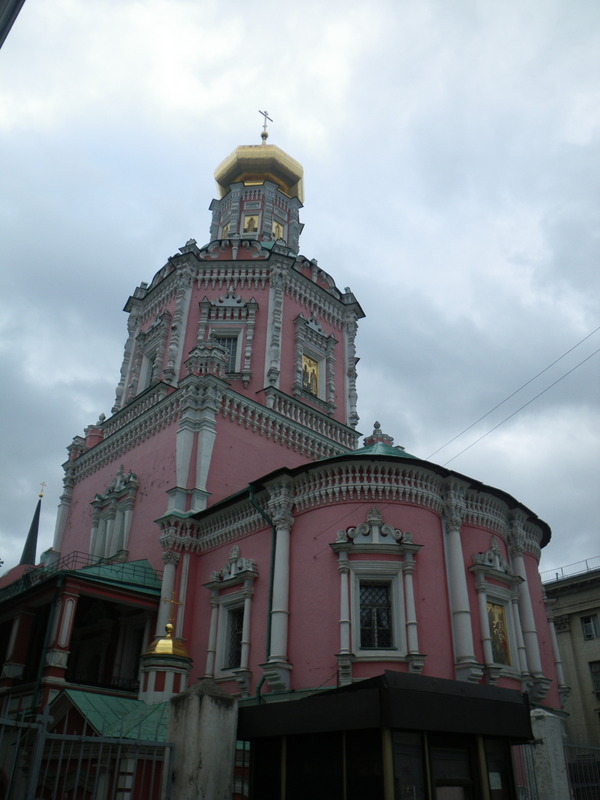
This modern statue shows Methodius and Cyril, who are credited with bringing Christianity to the Slavic people and with inventing the script now known as Cyrillic.
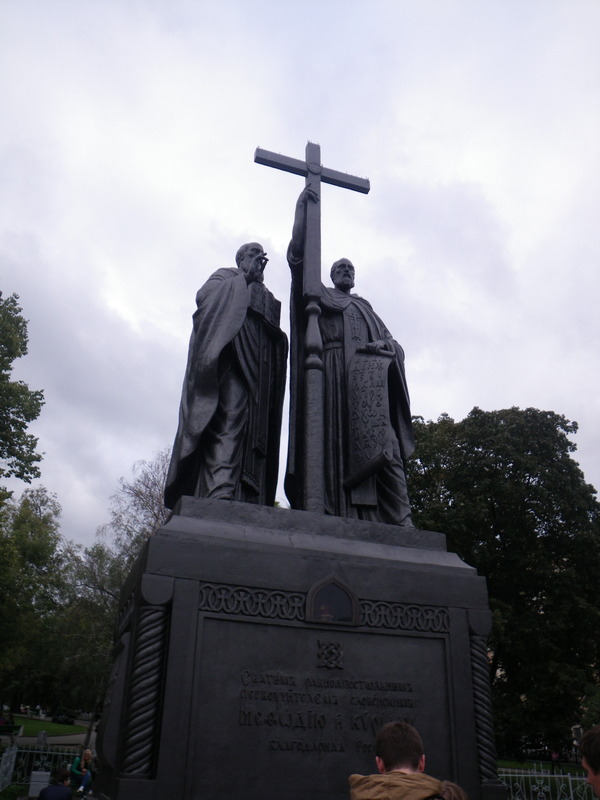
I like this next picture because it shows the modern (post-Communist) statue of Cyril and Methodius, an old onion-shaped golden dome church, and a modern large building. It seems to me to summarize some of the ways that Moscow and Russia have evolved through recent history.

Similarly, this picture shows the baroque and curvy Church of the Trinity in Nikitniki surrounded by modern buildings designed using only straight lines.
